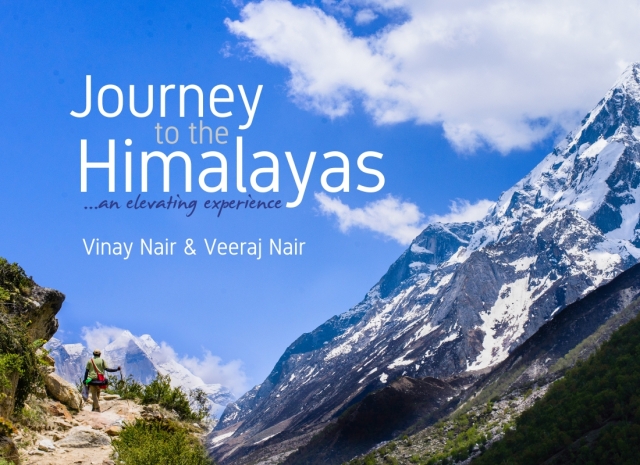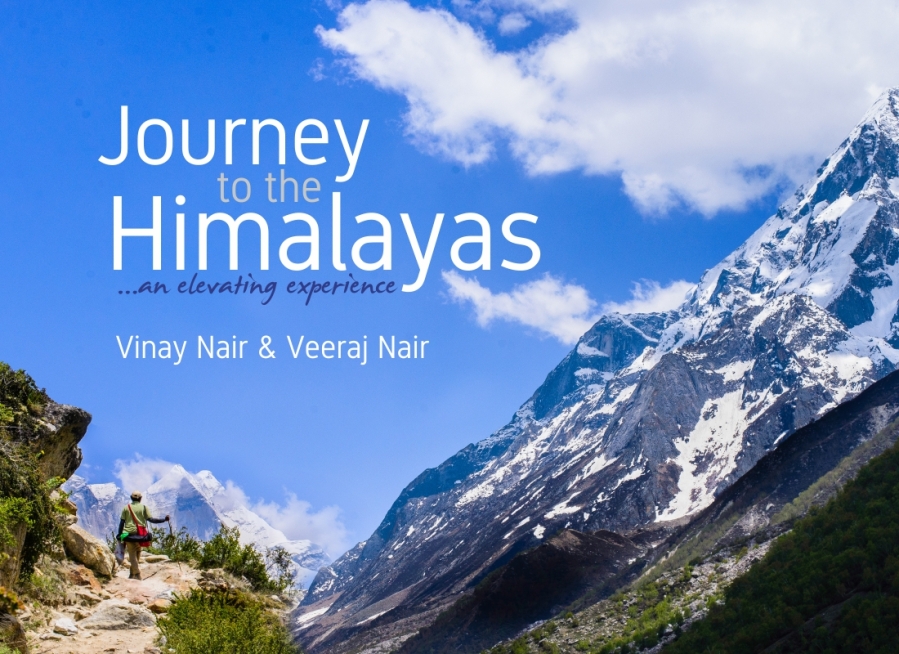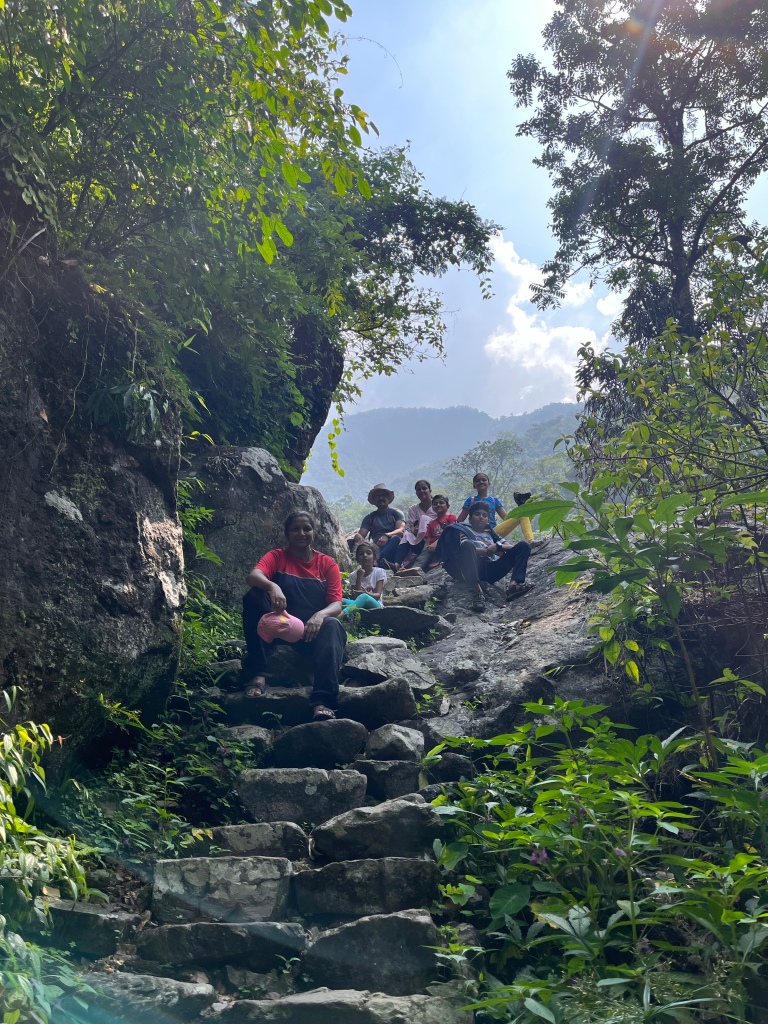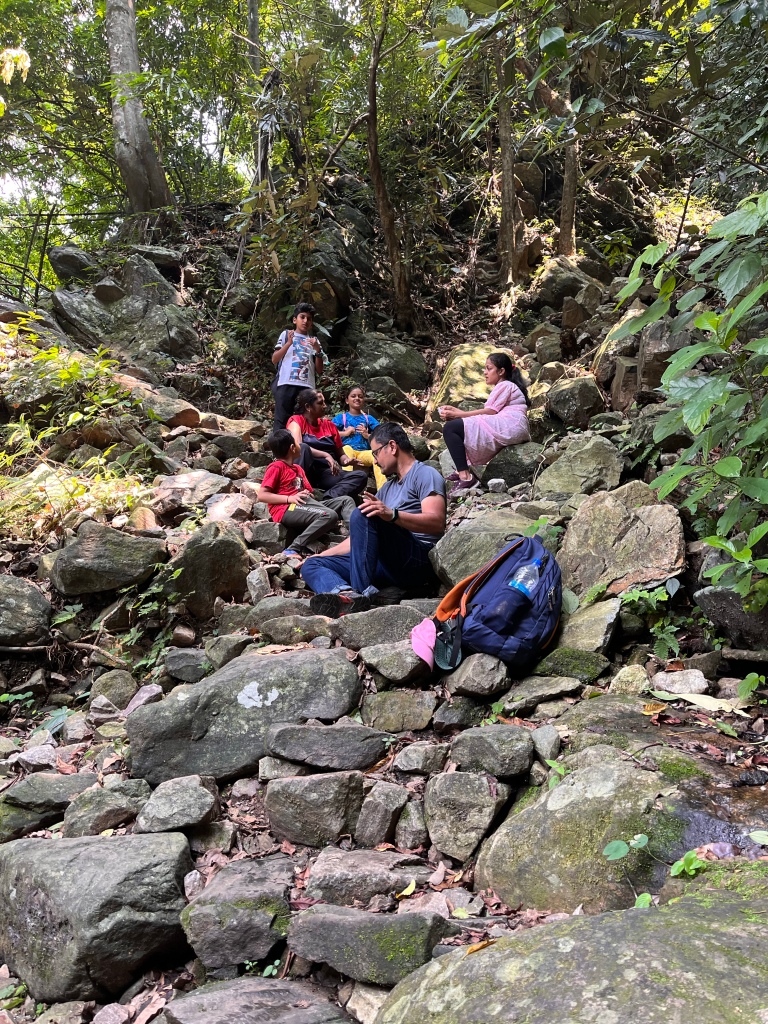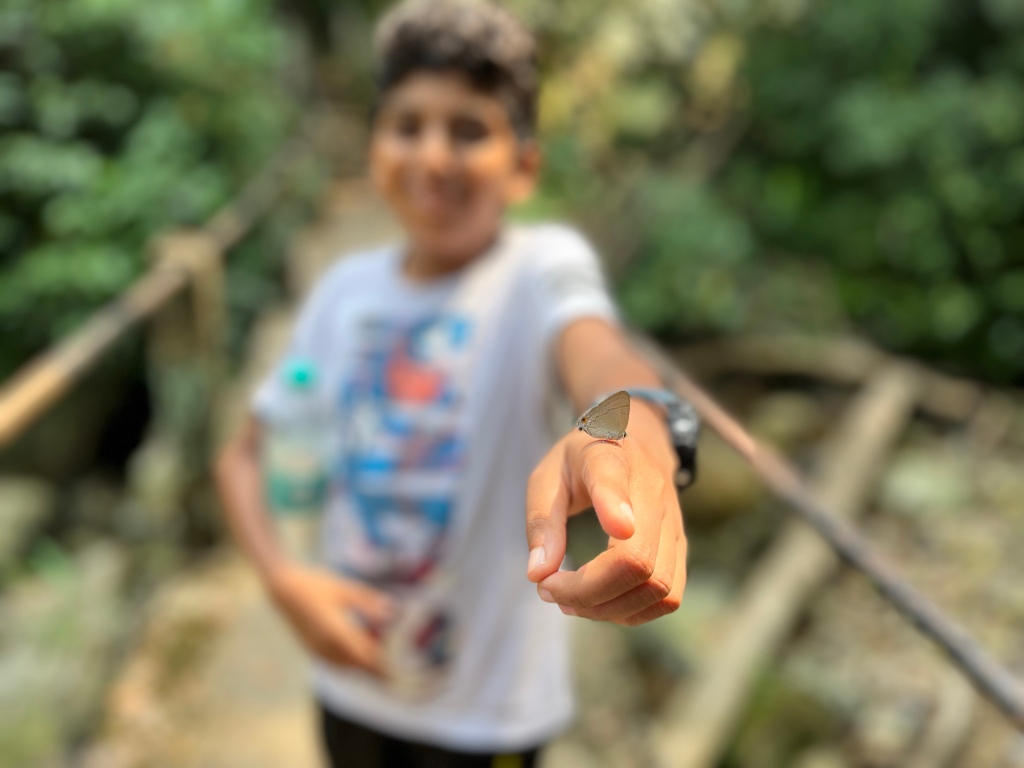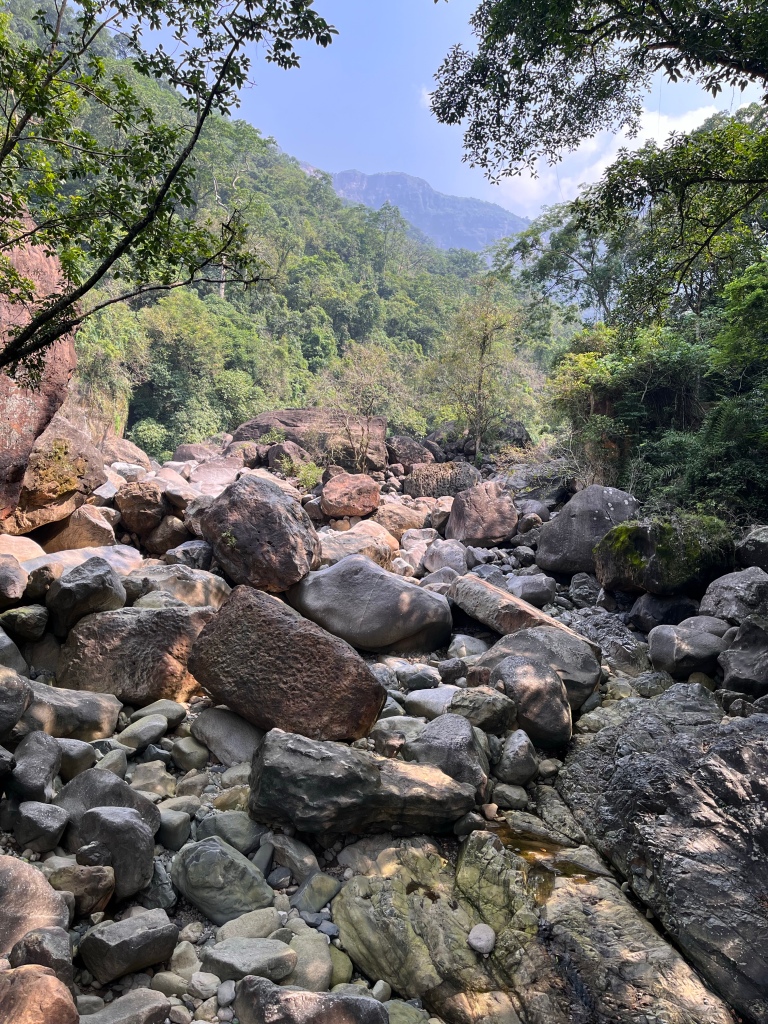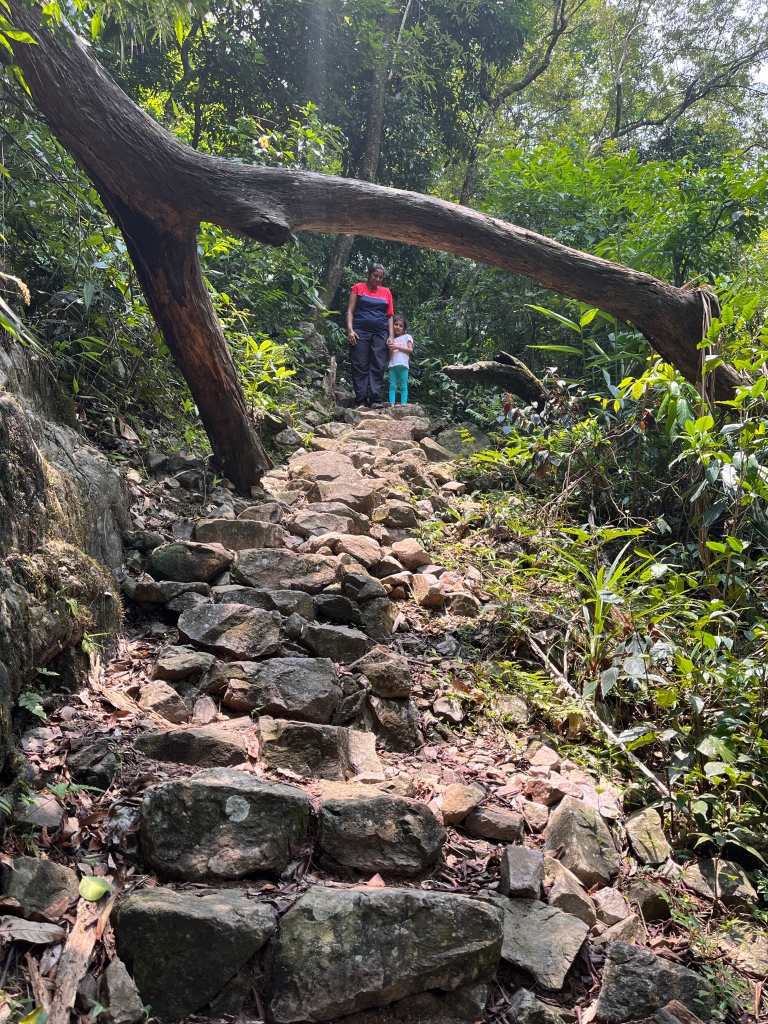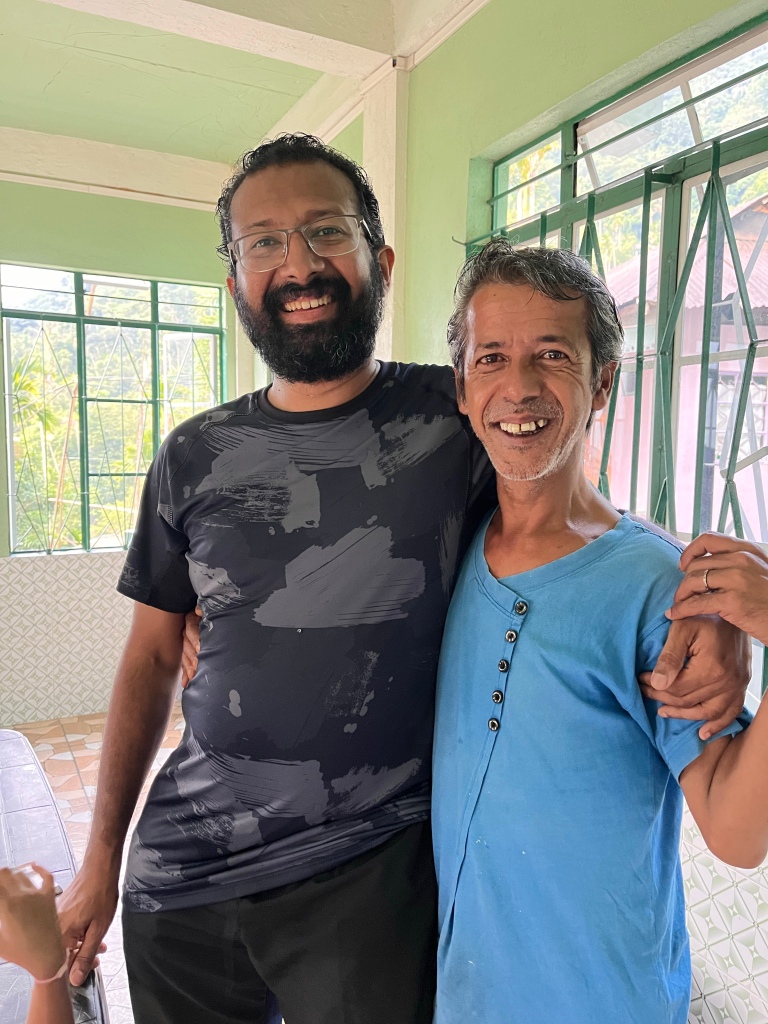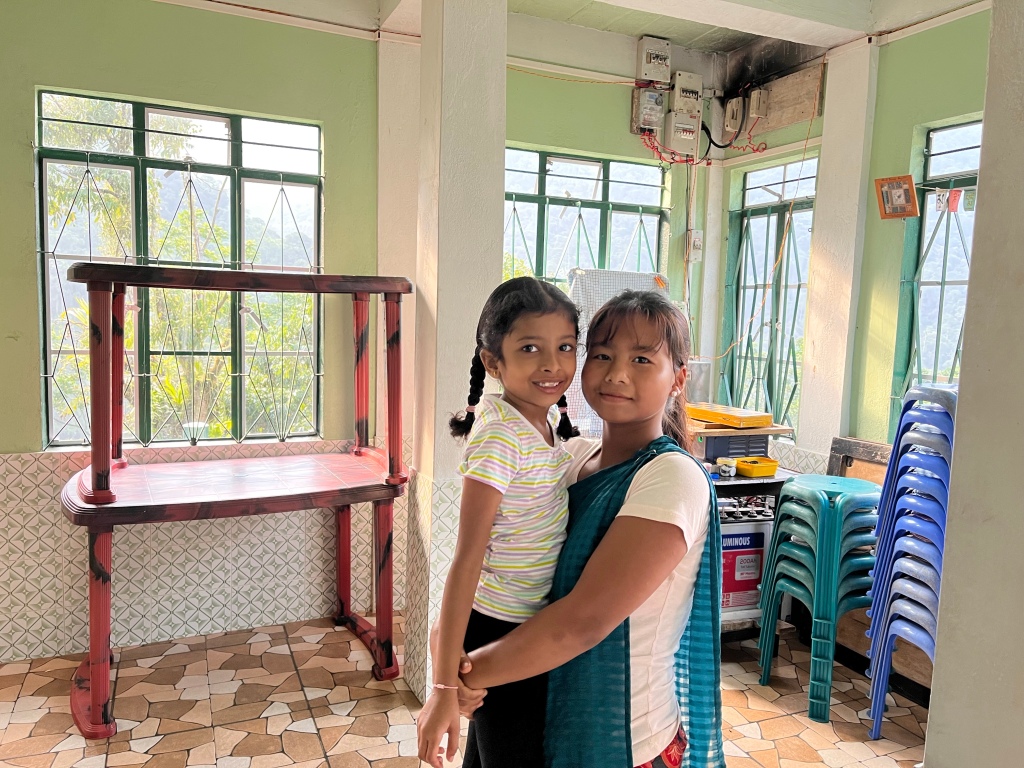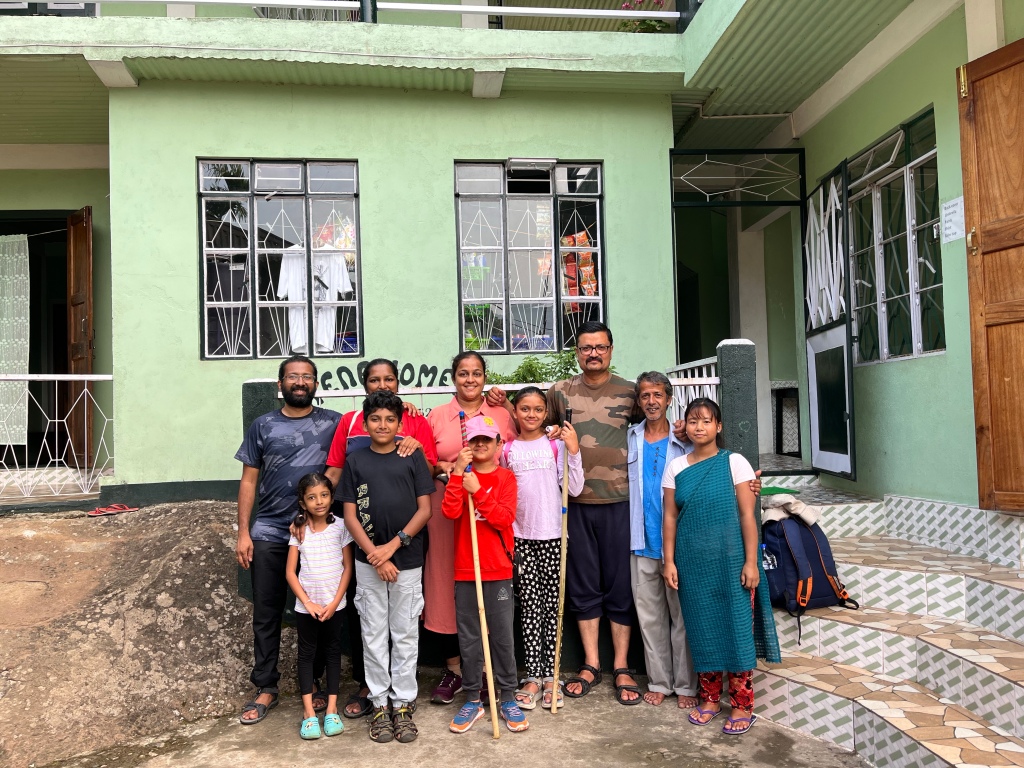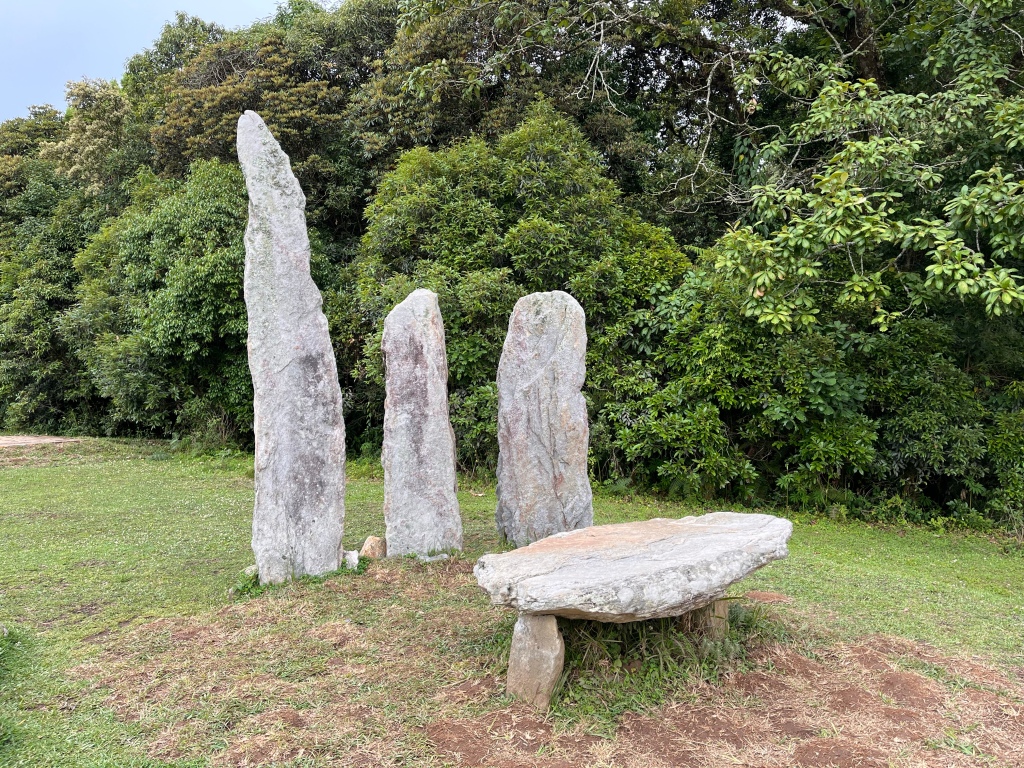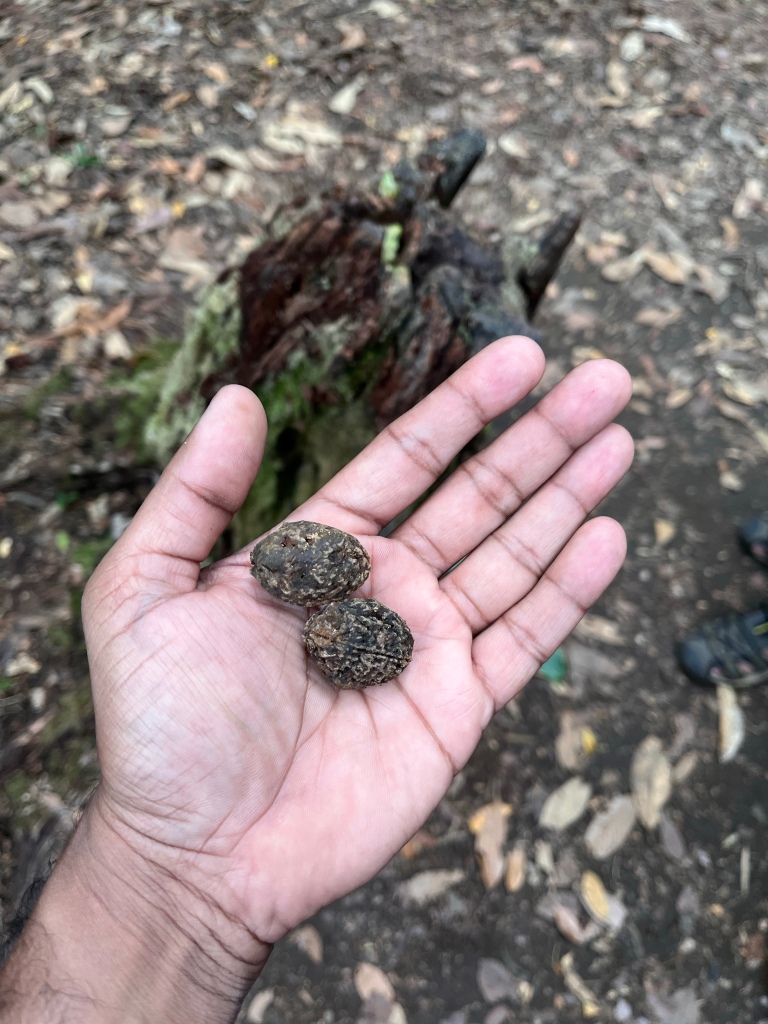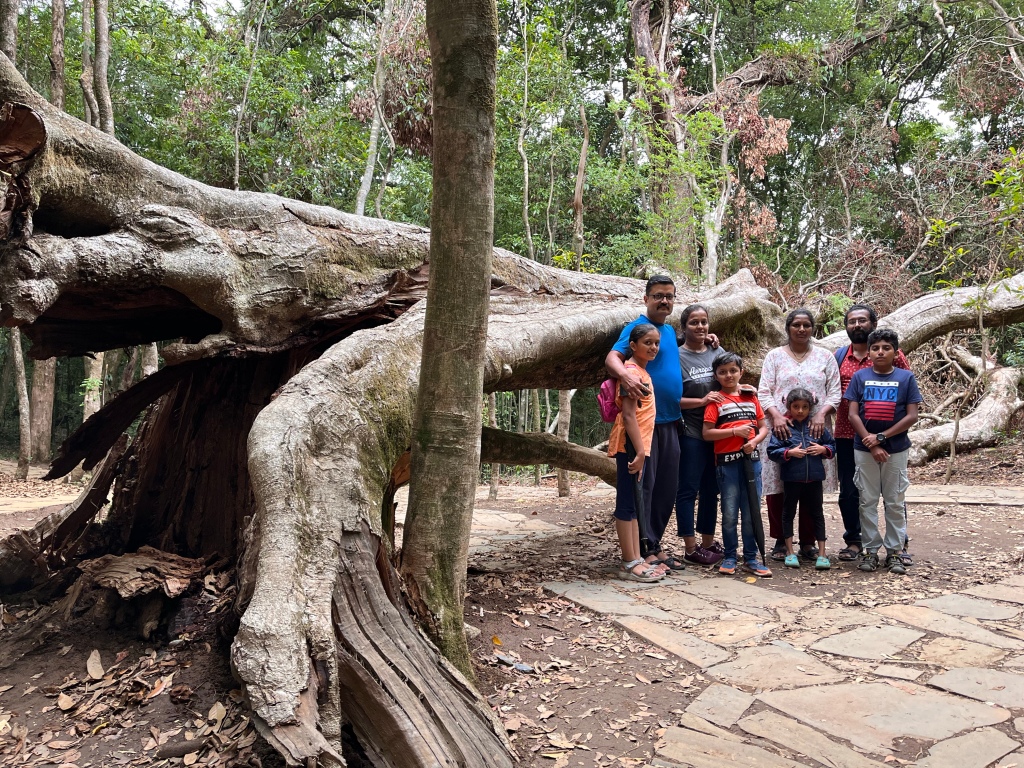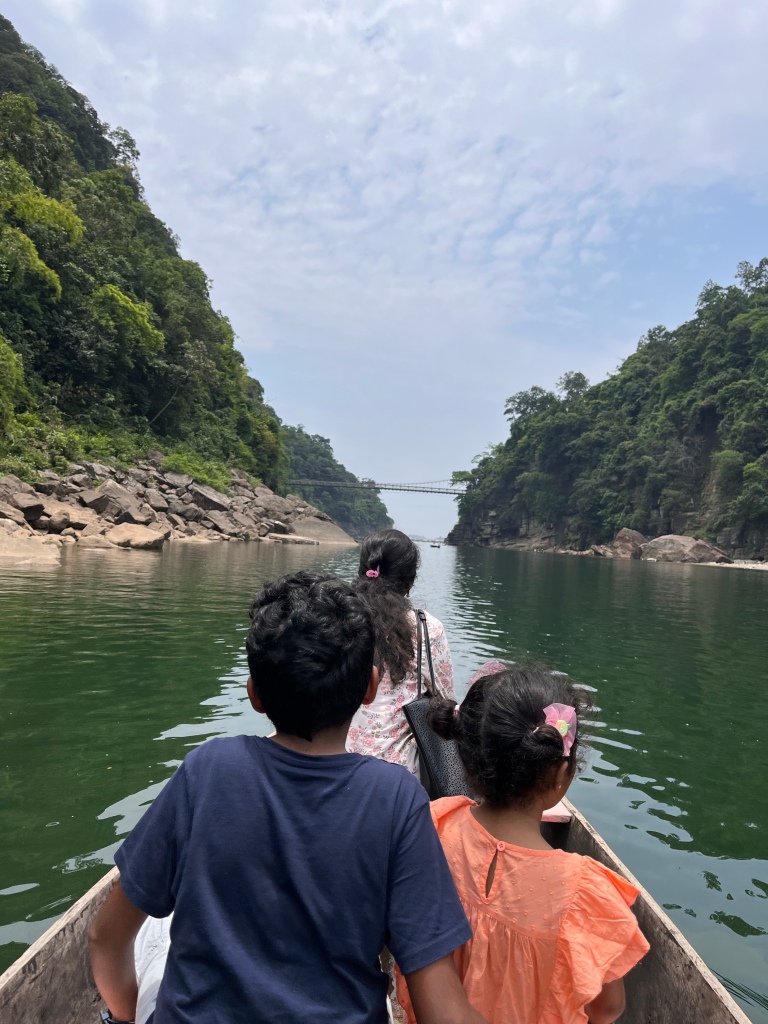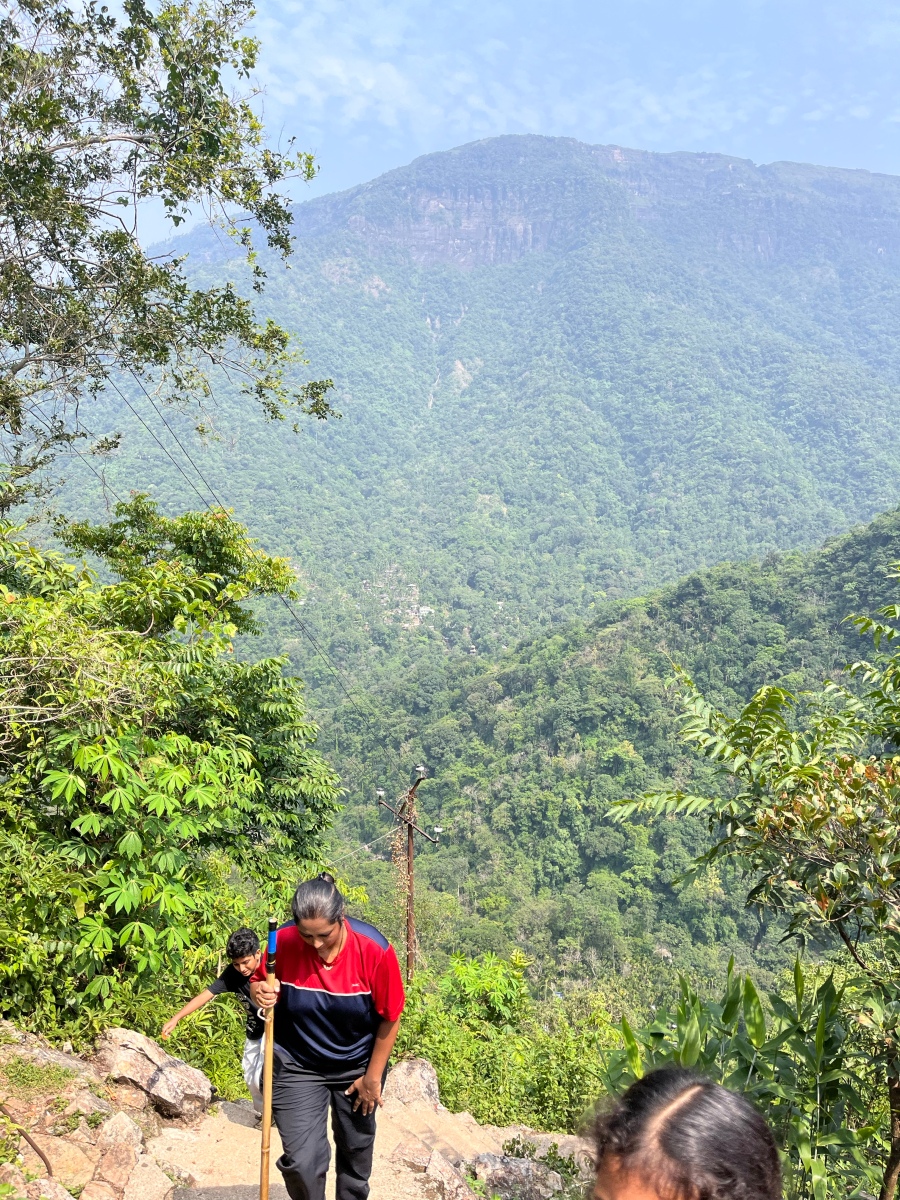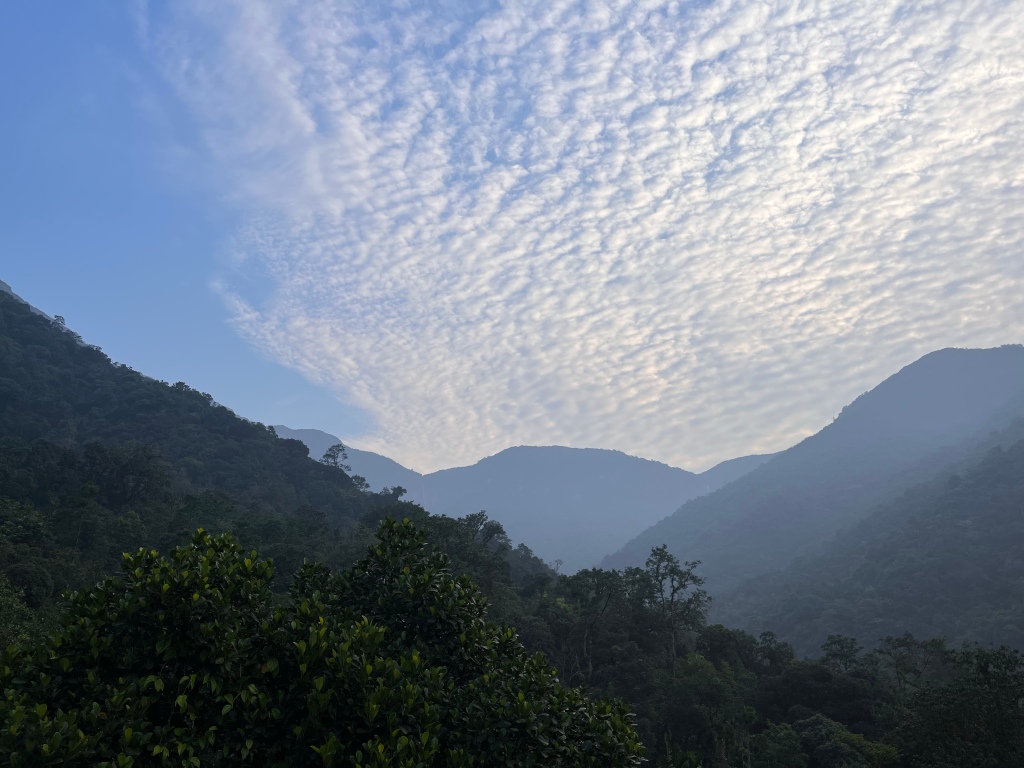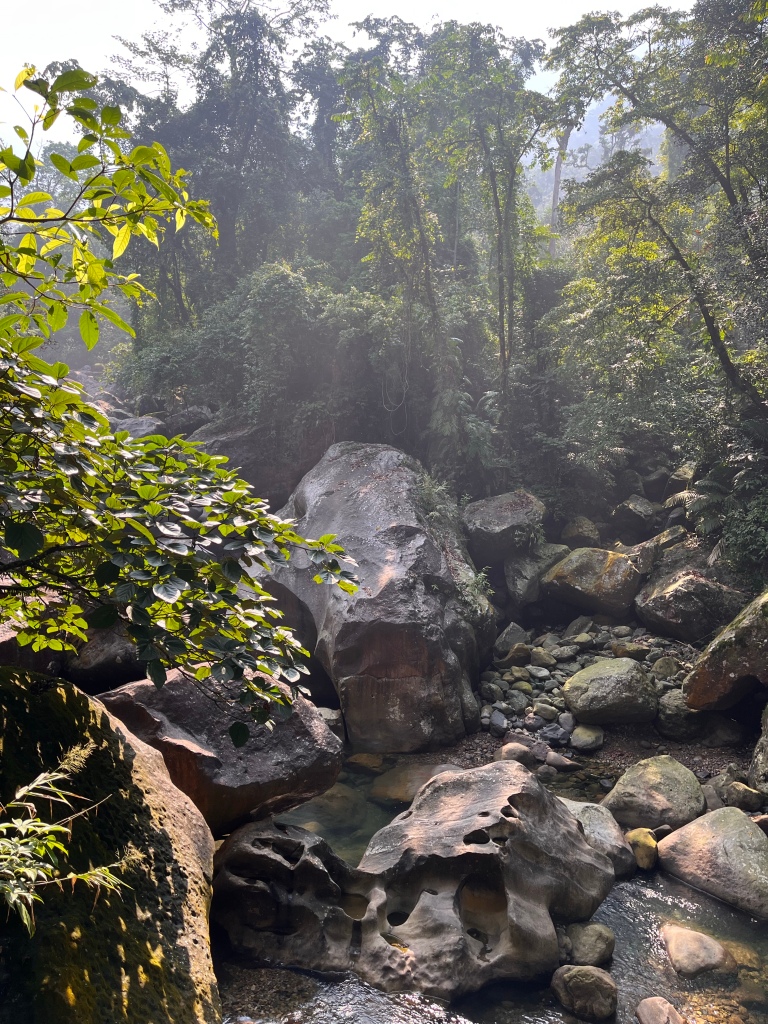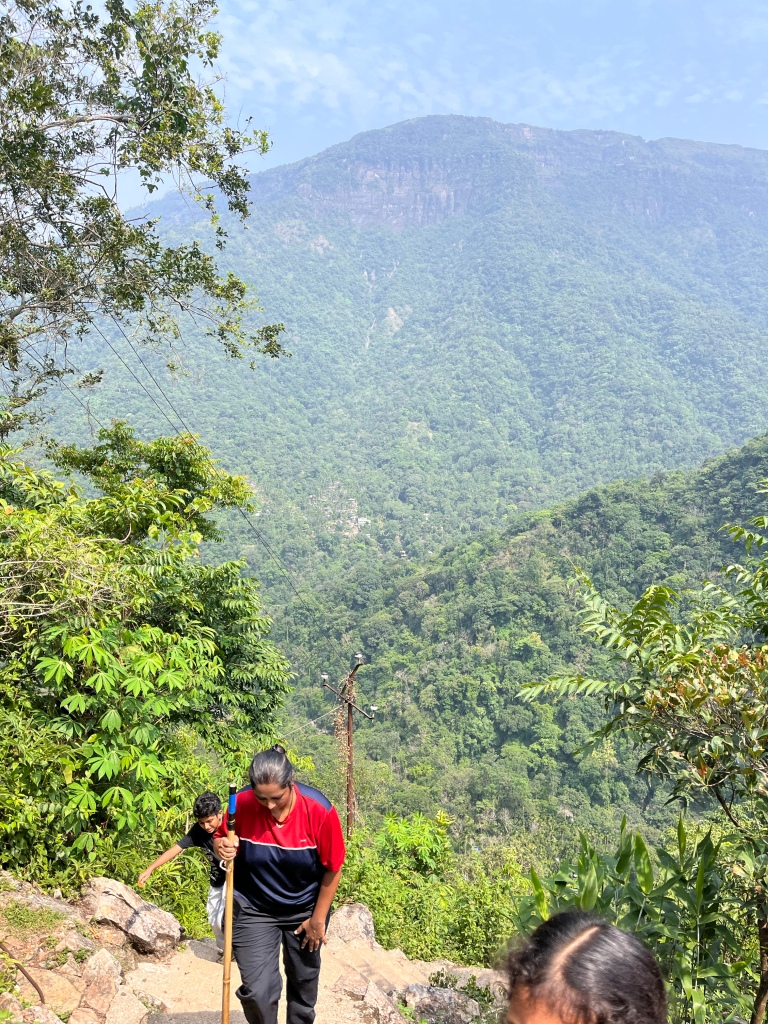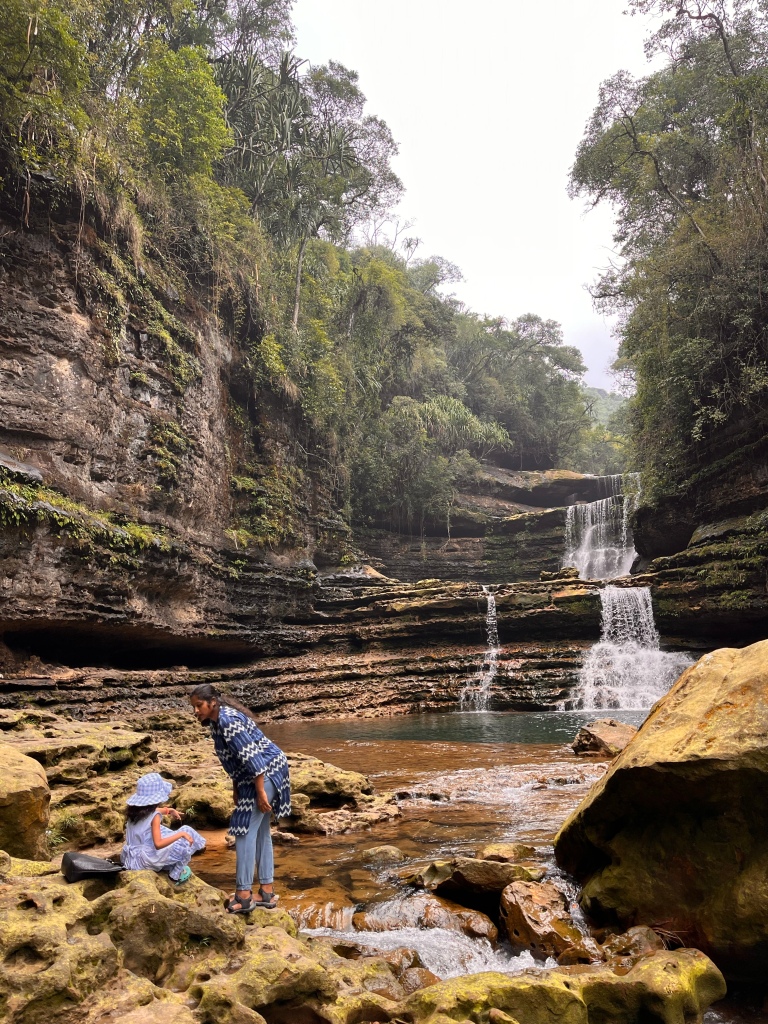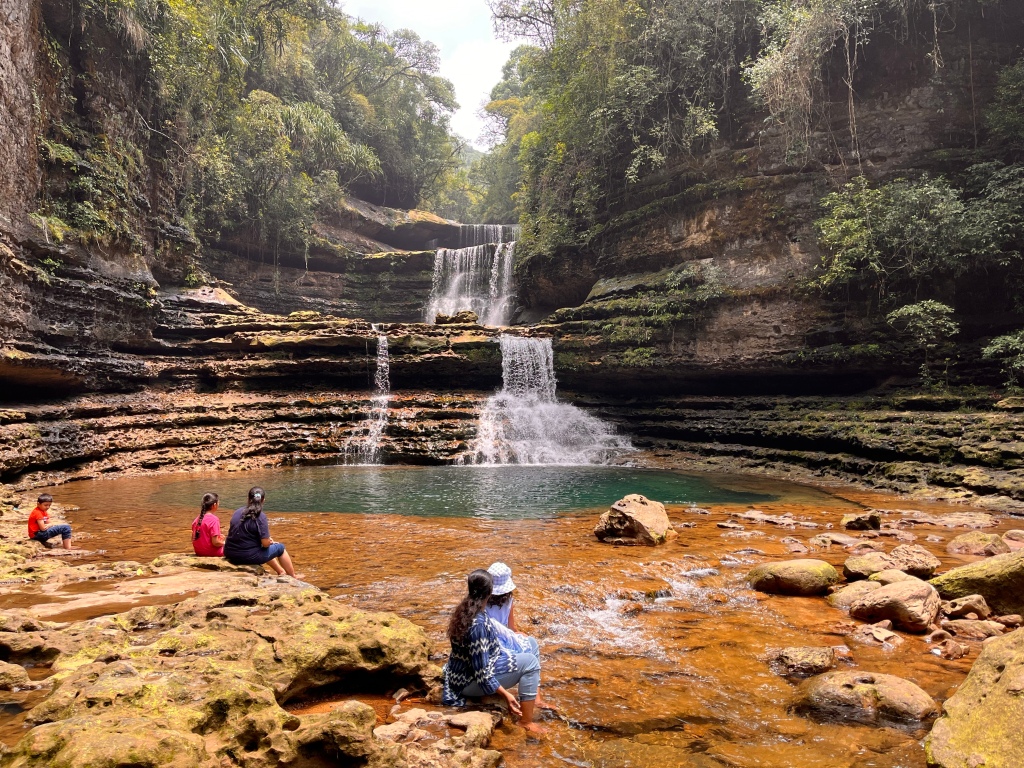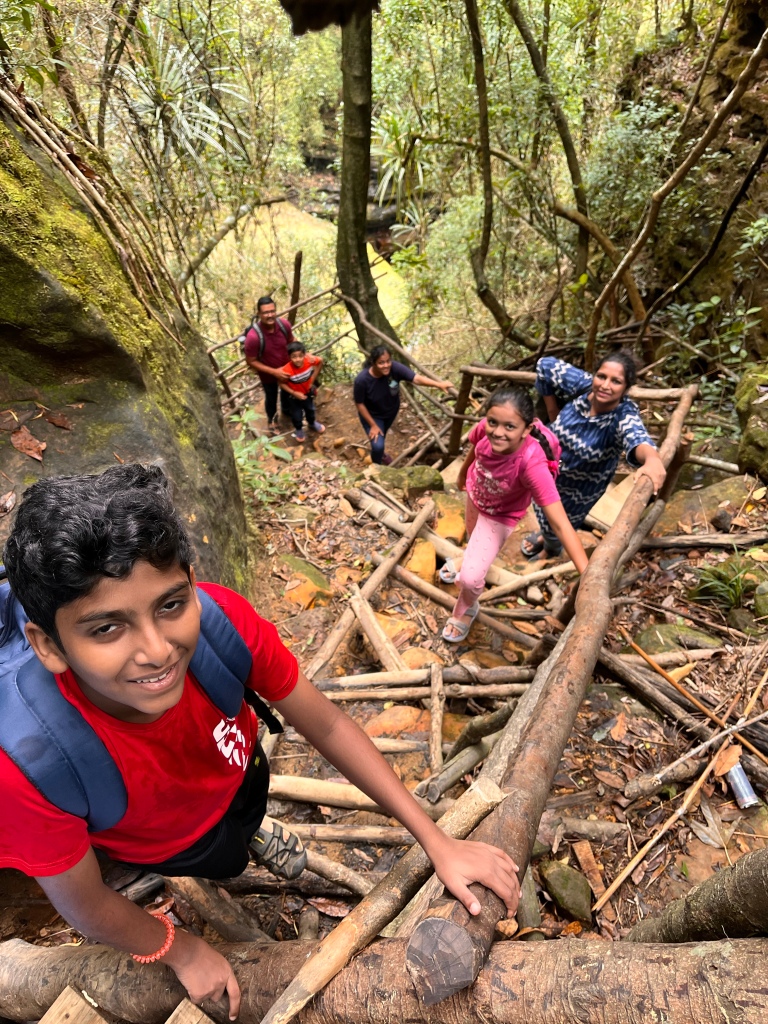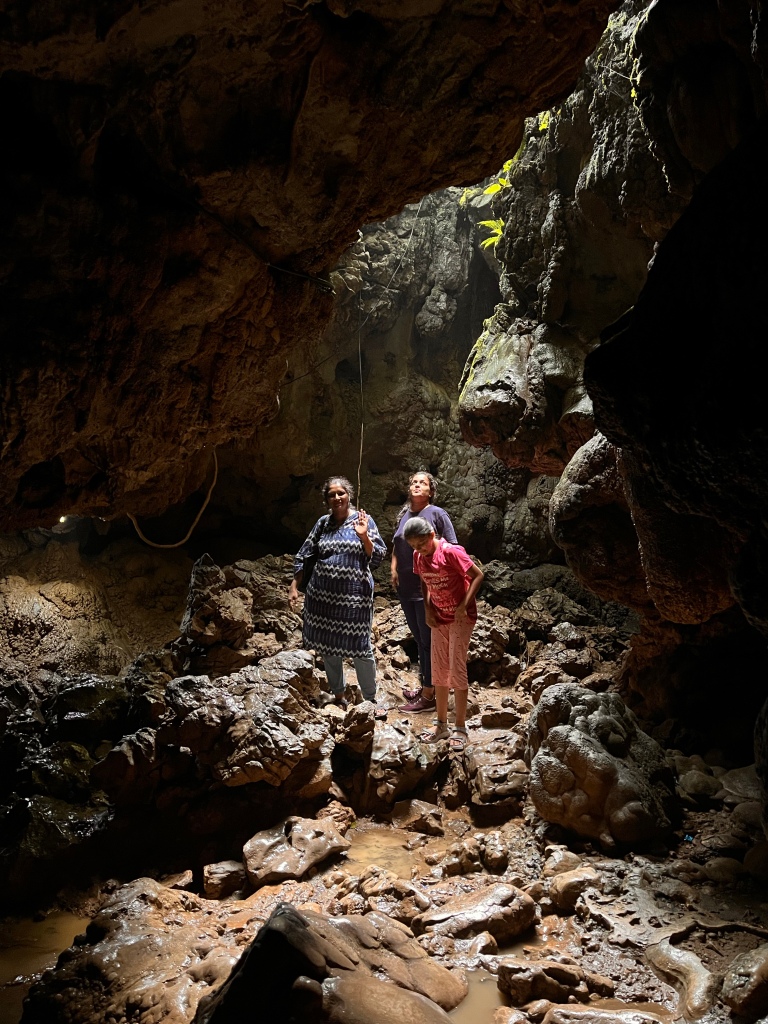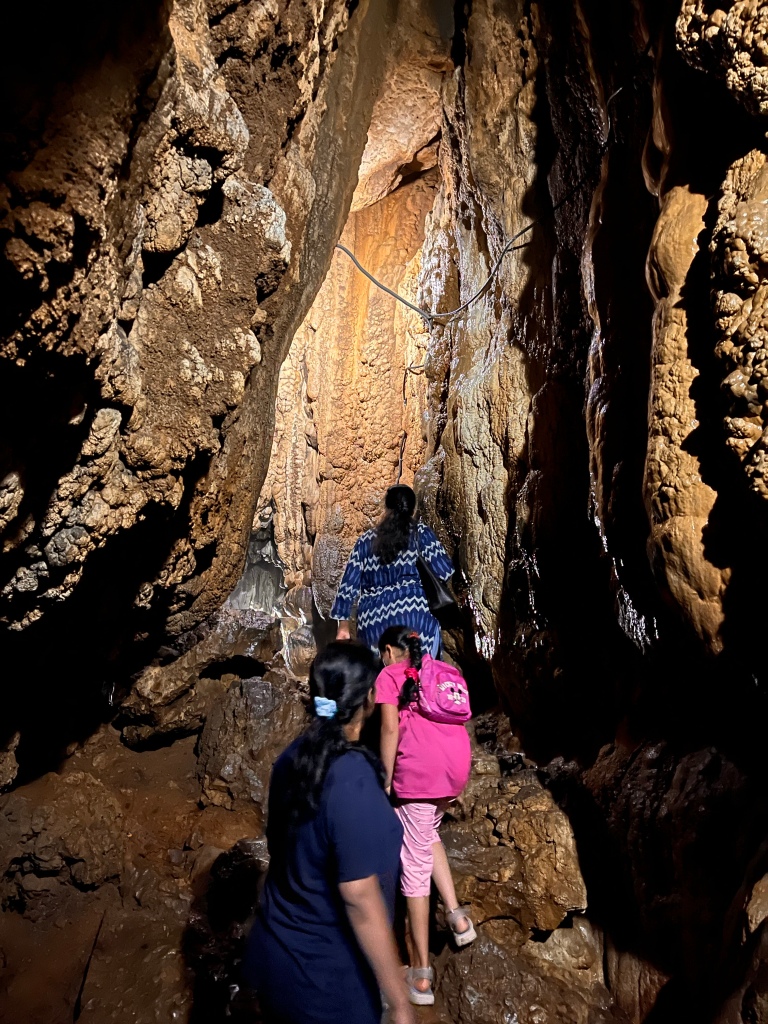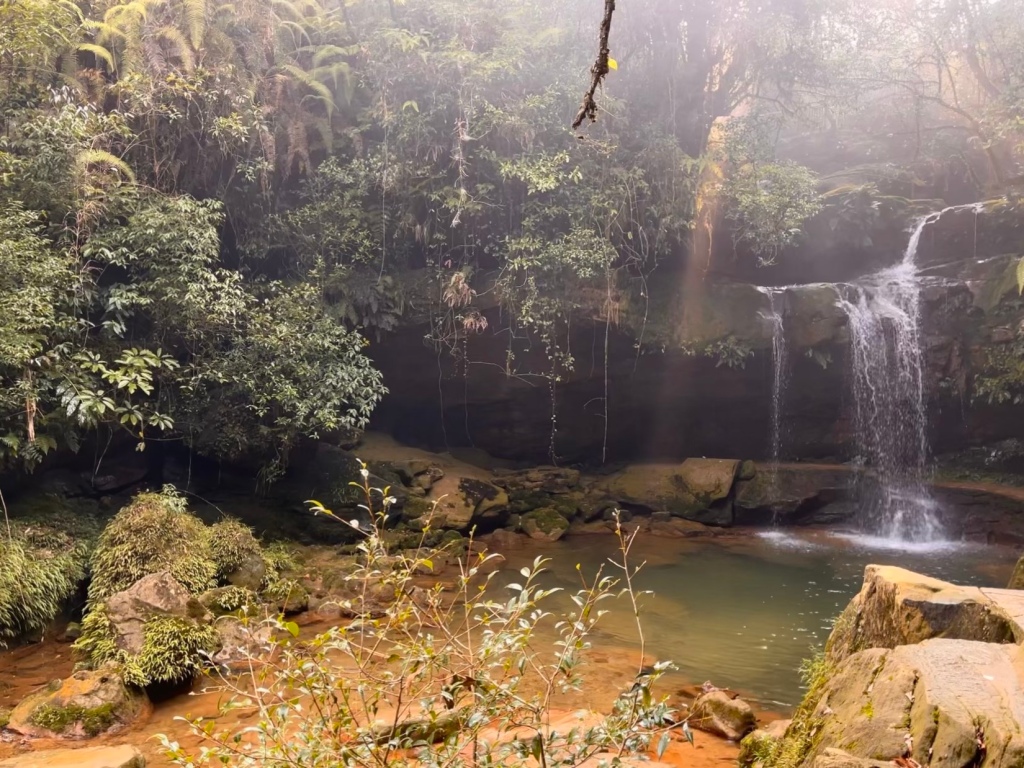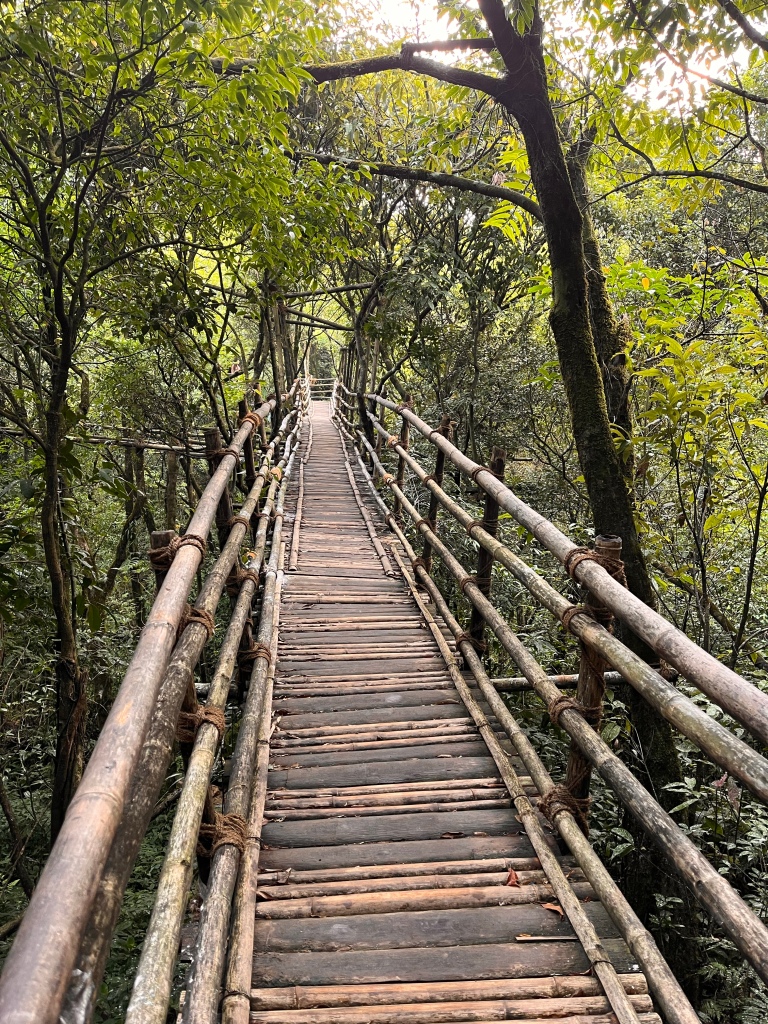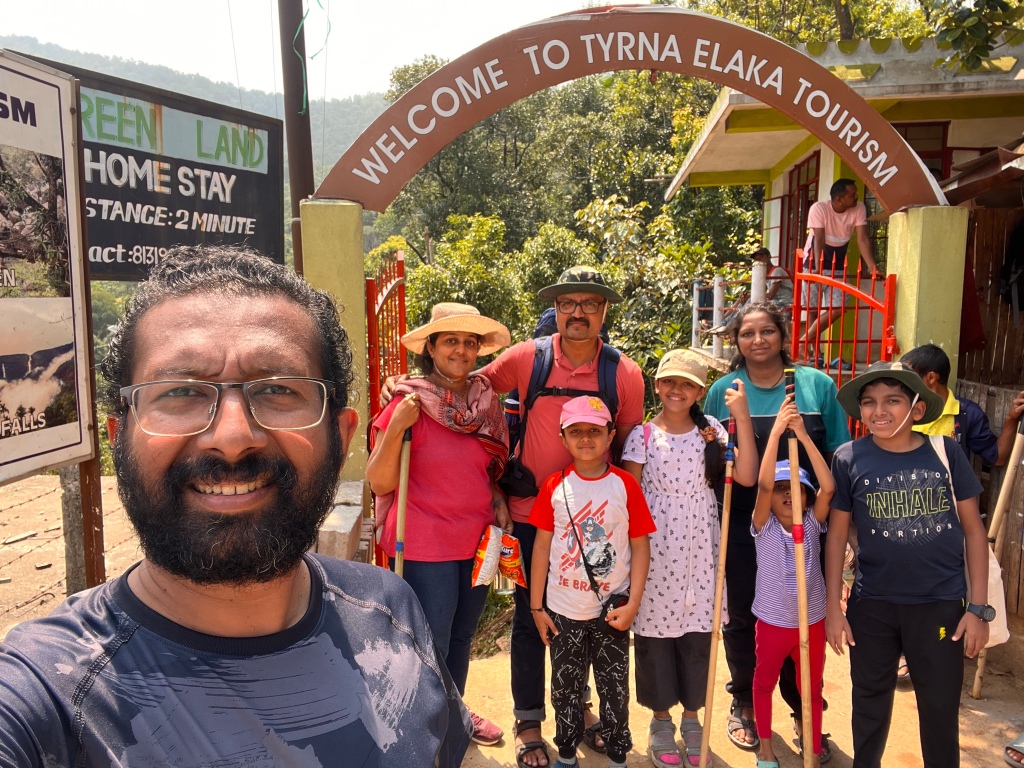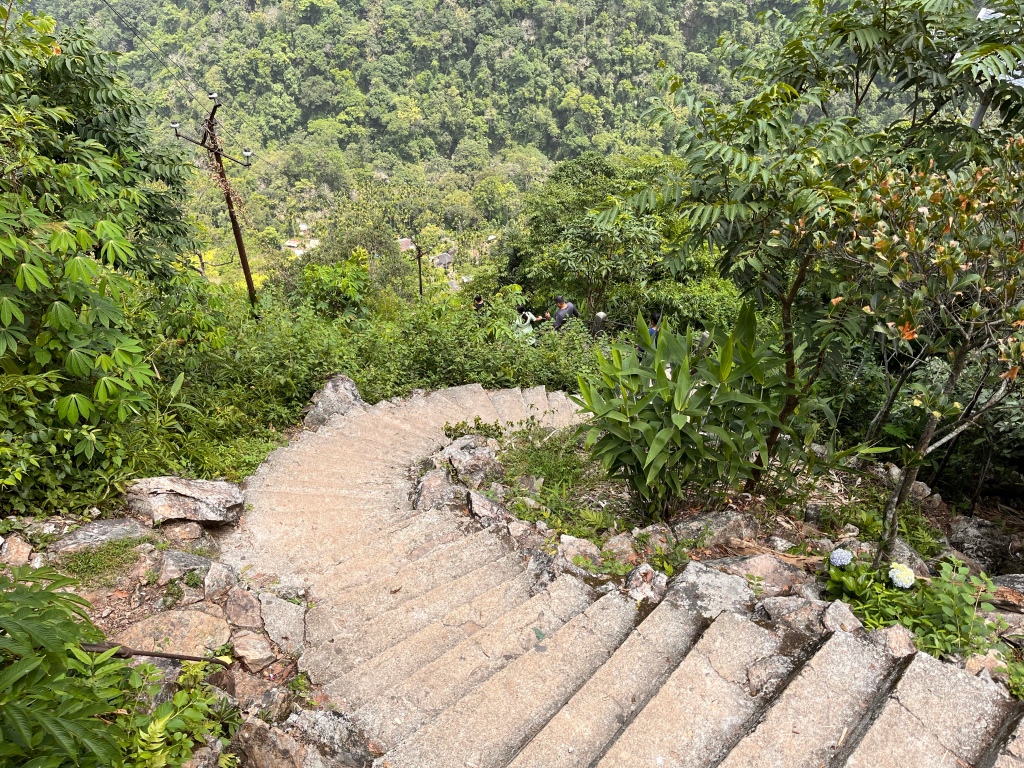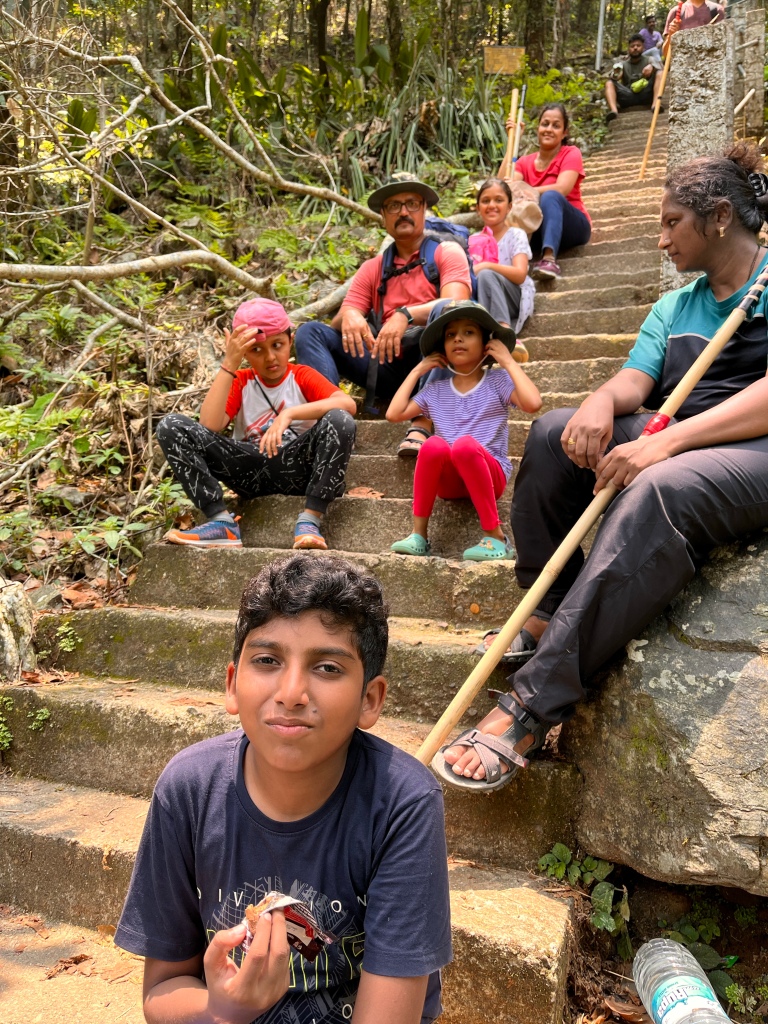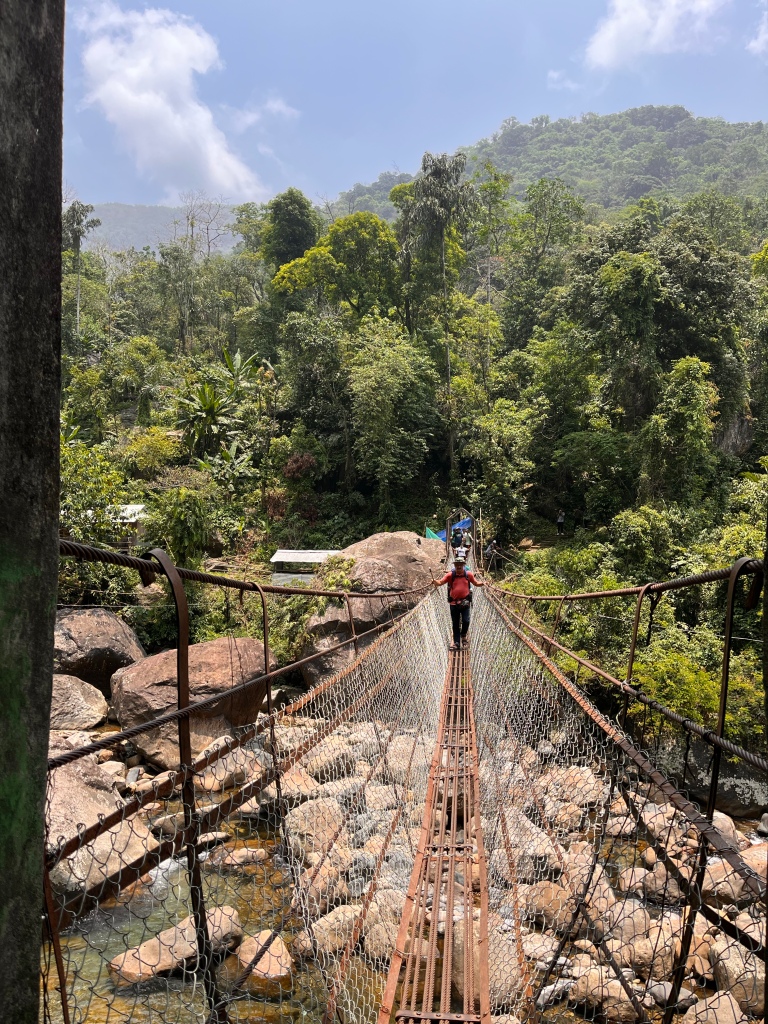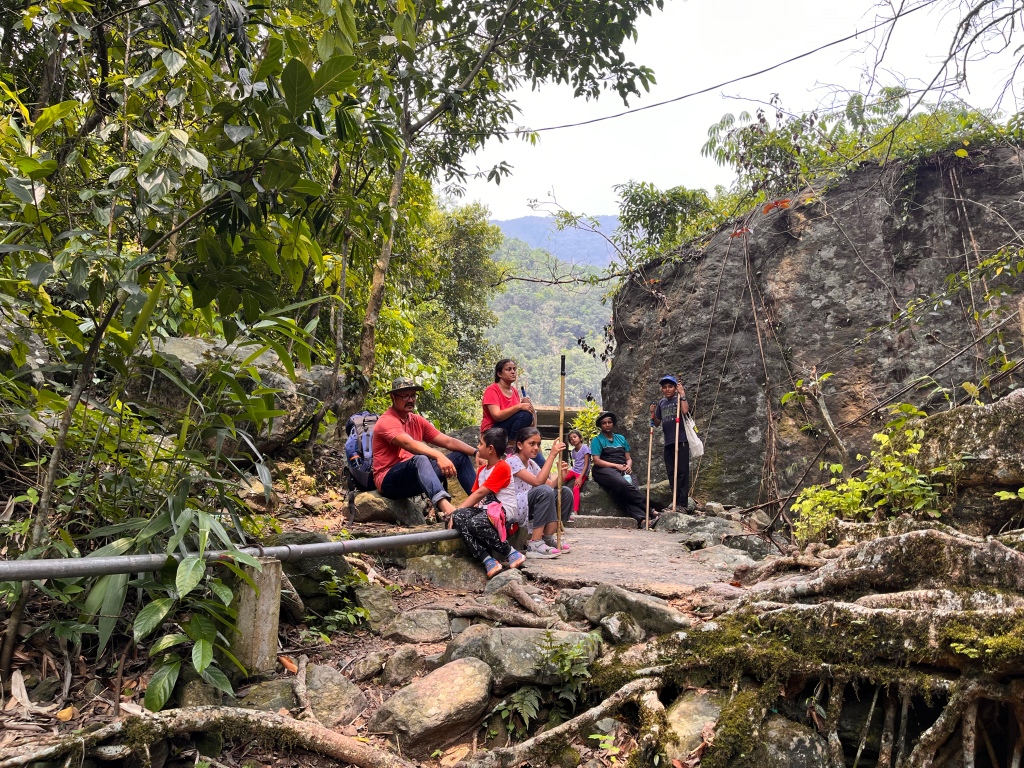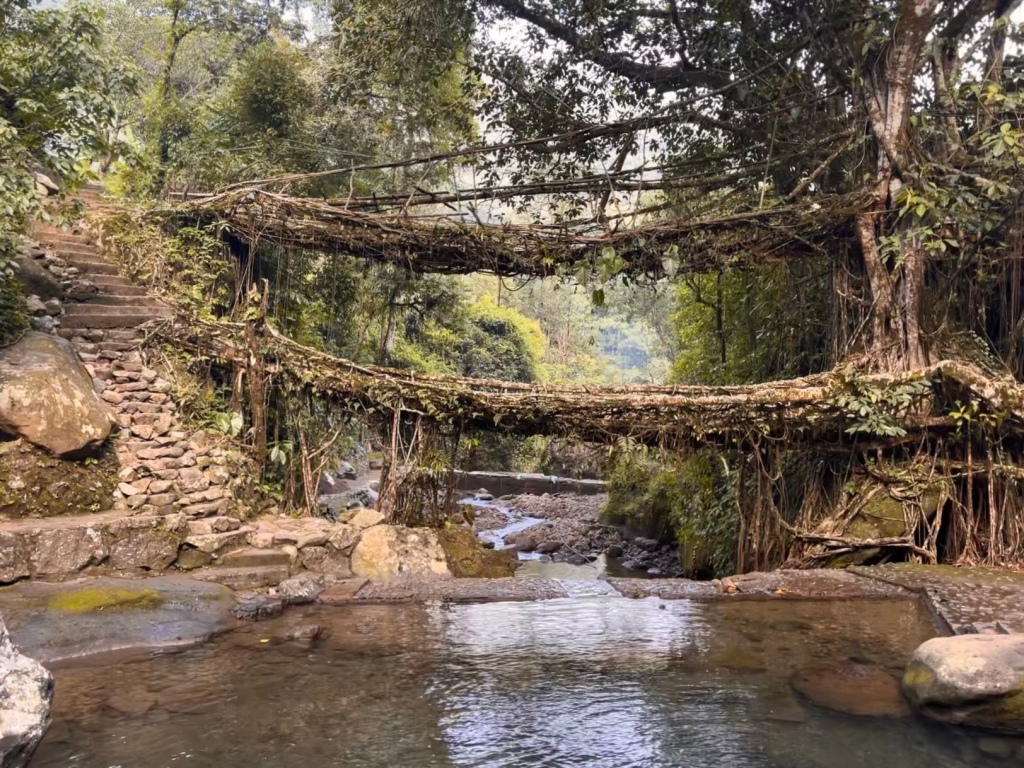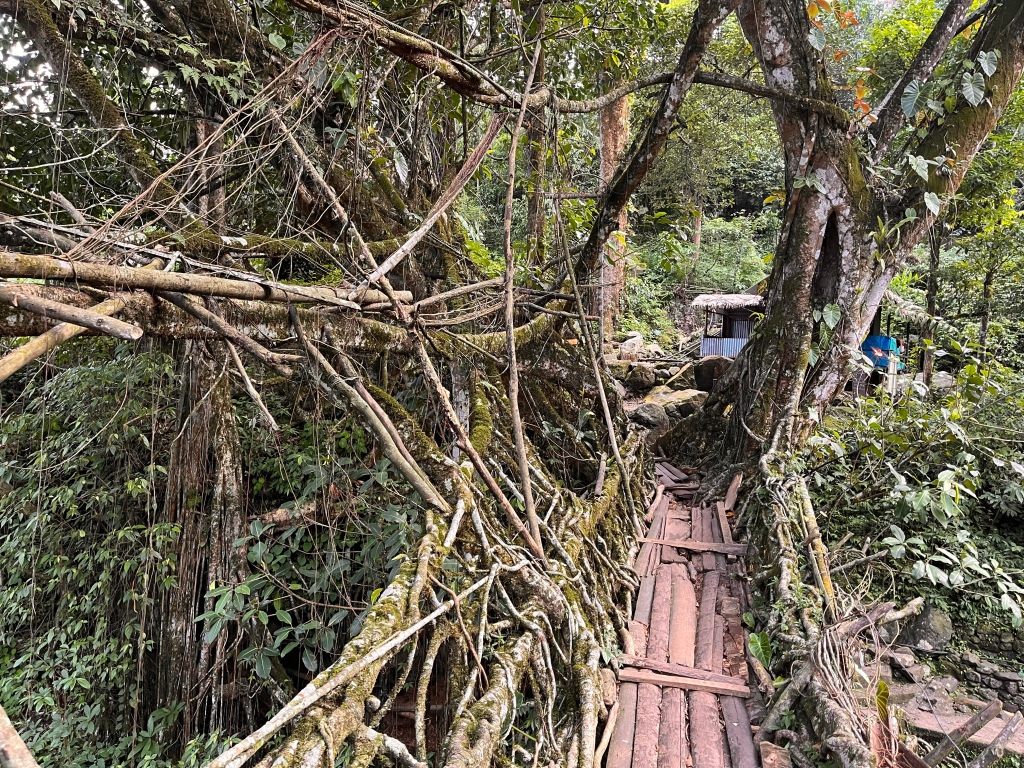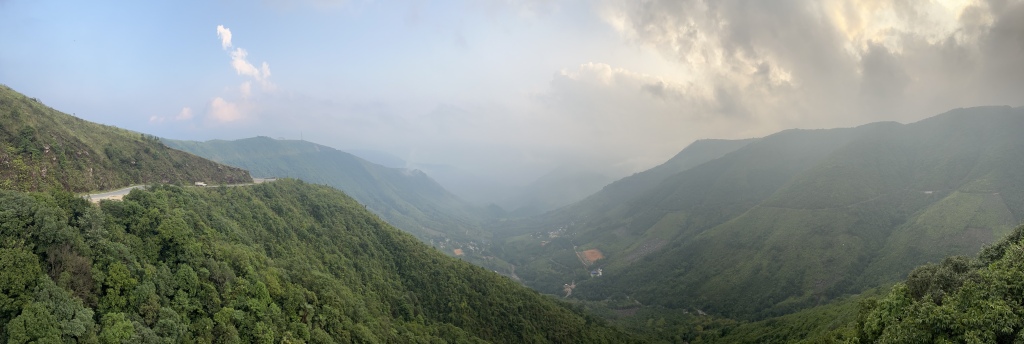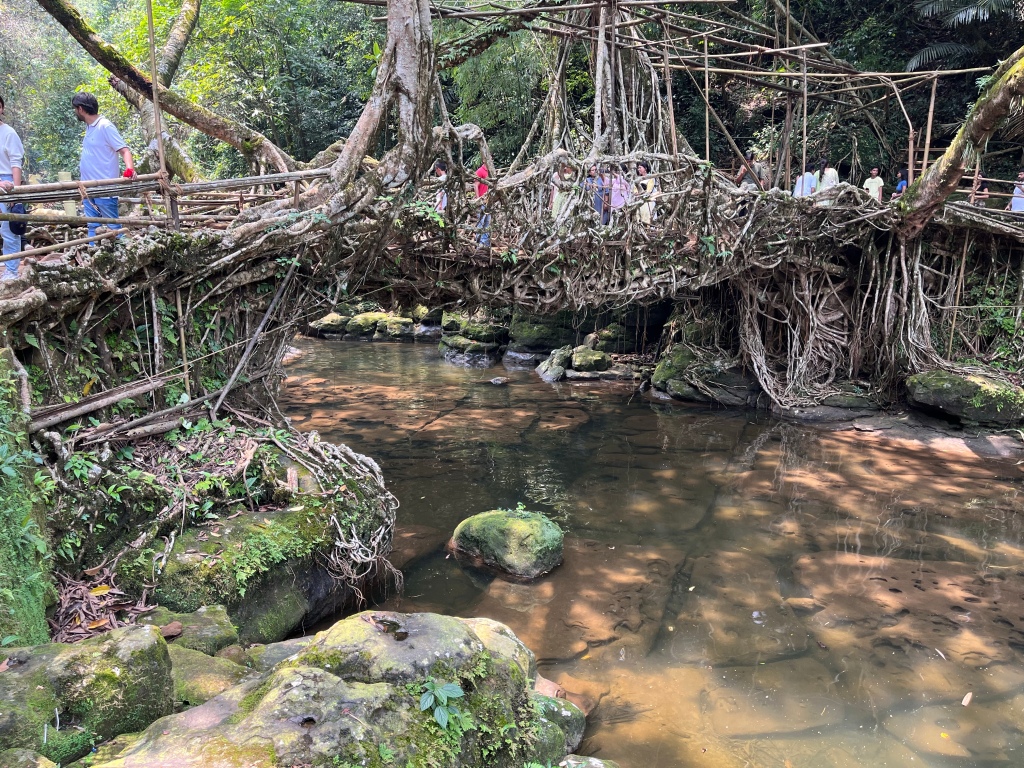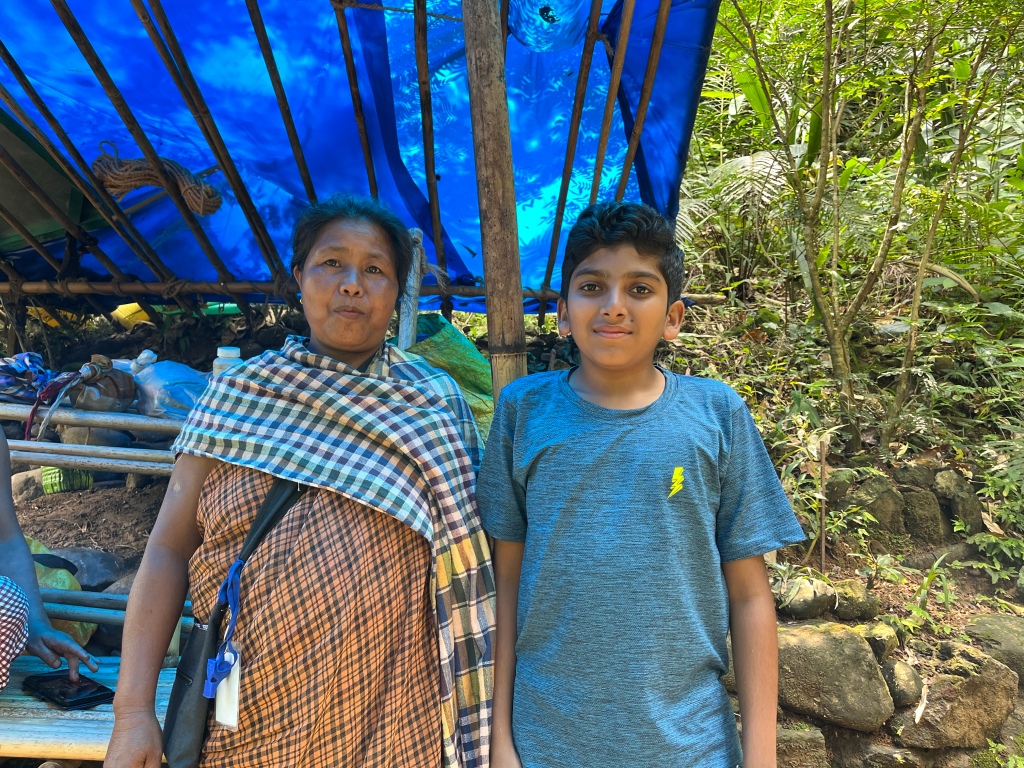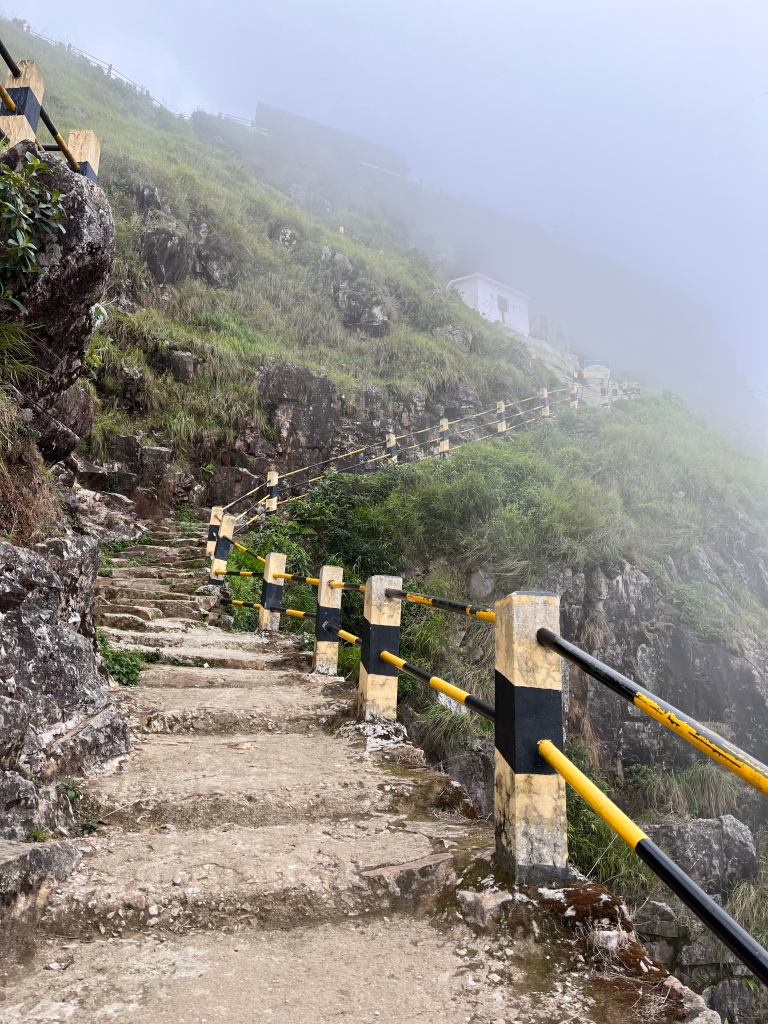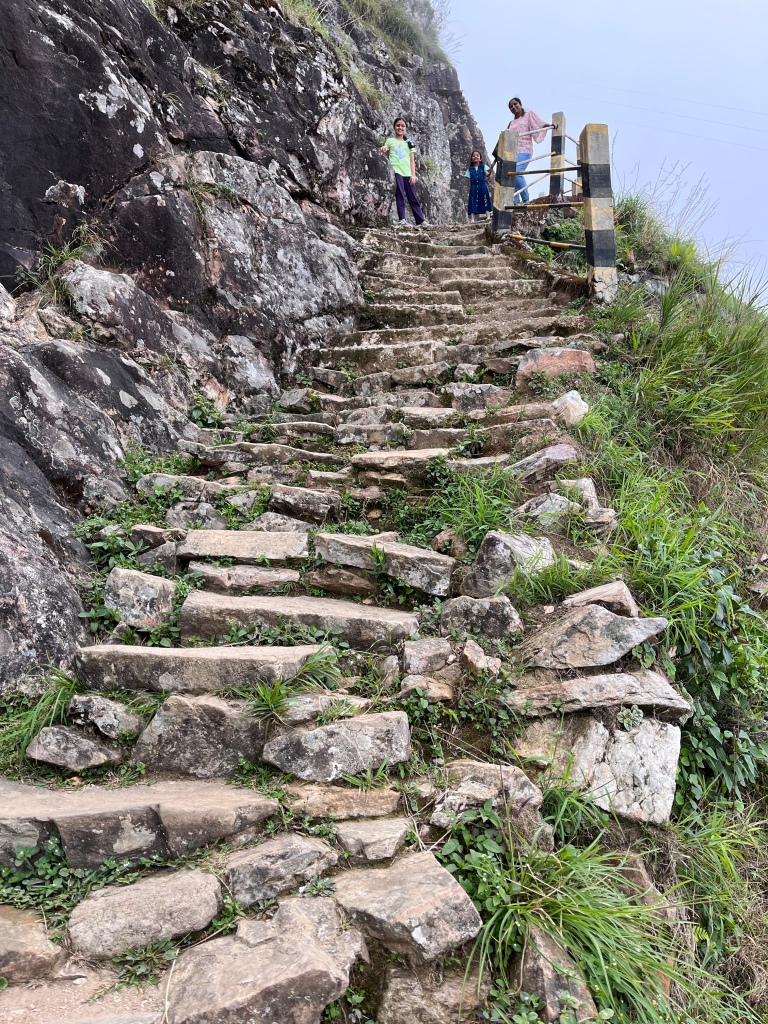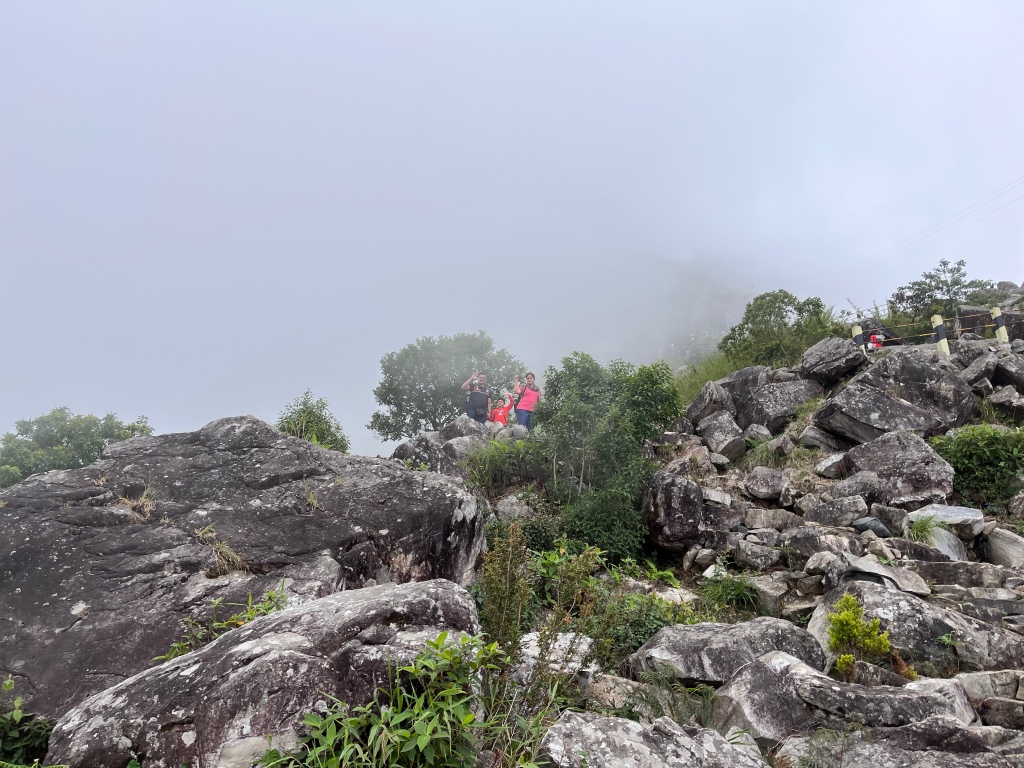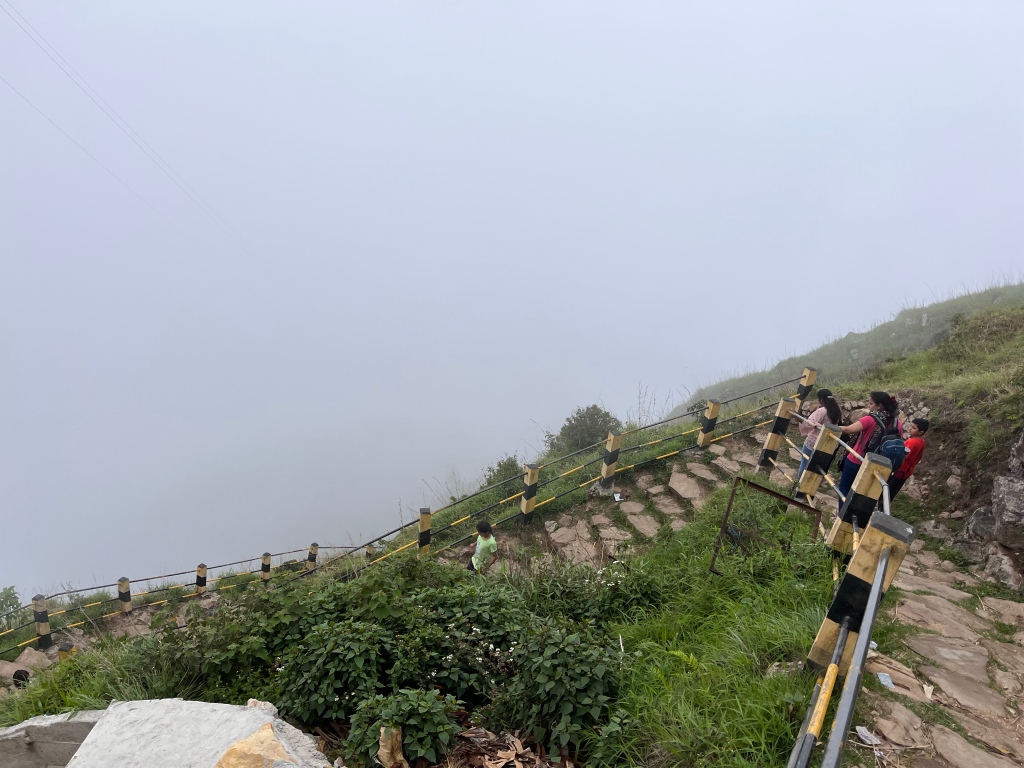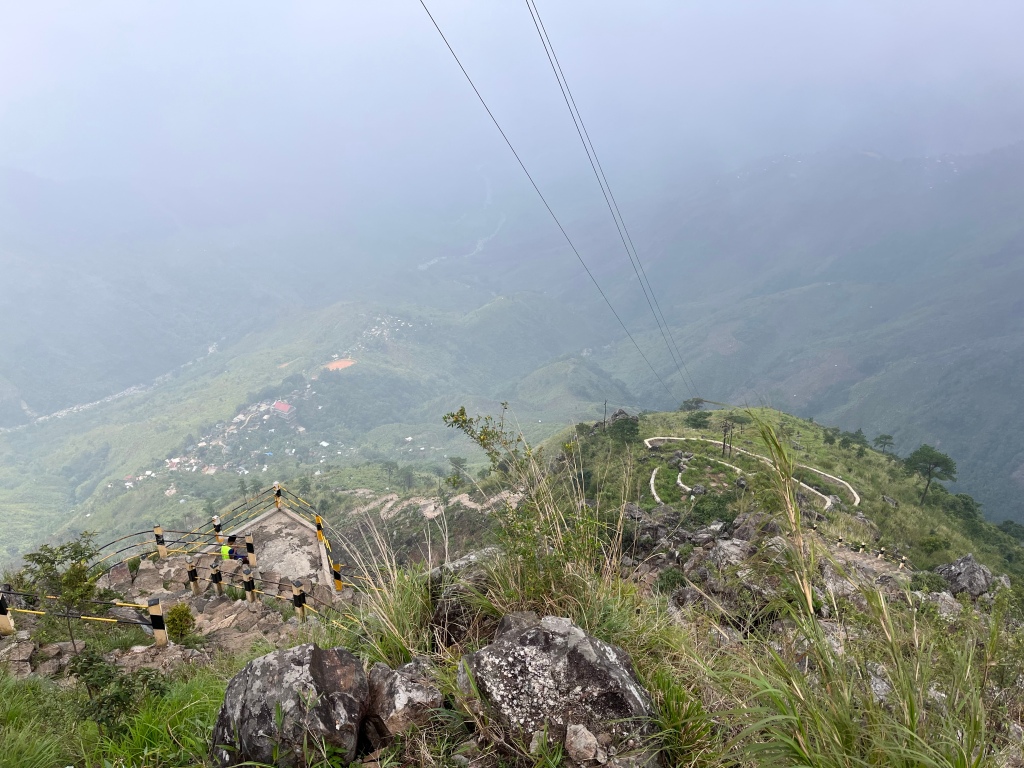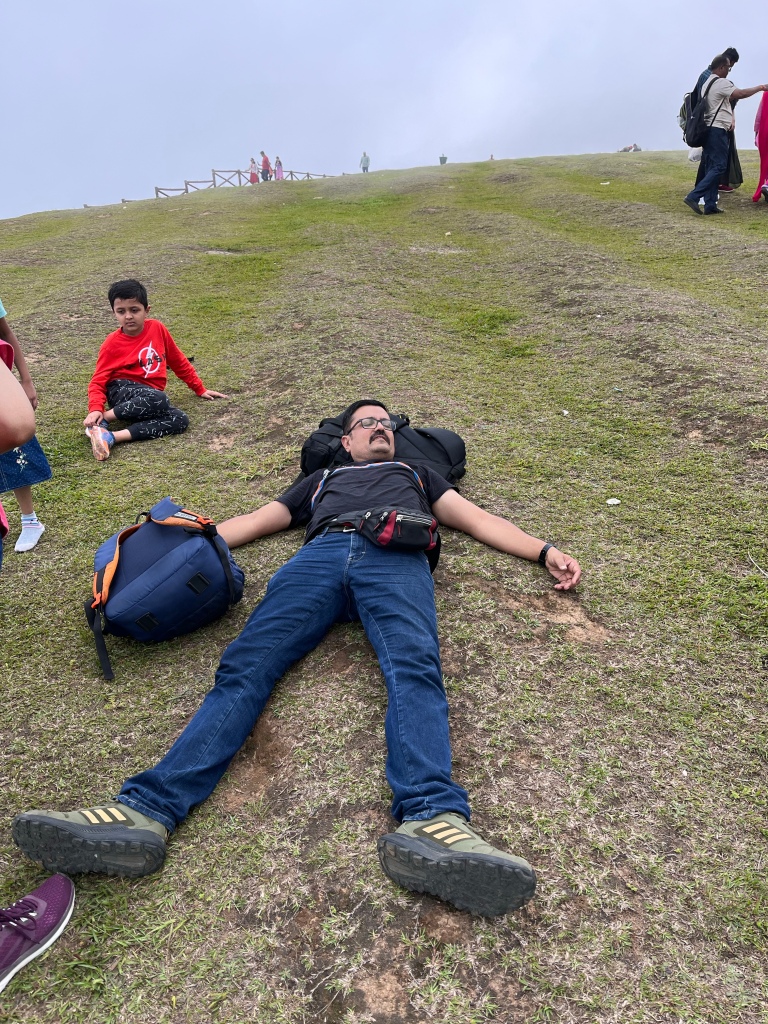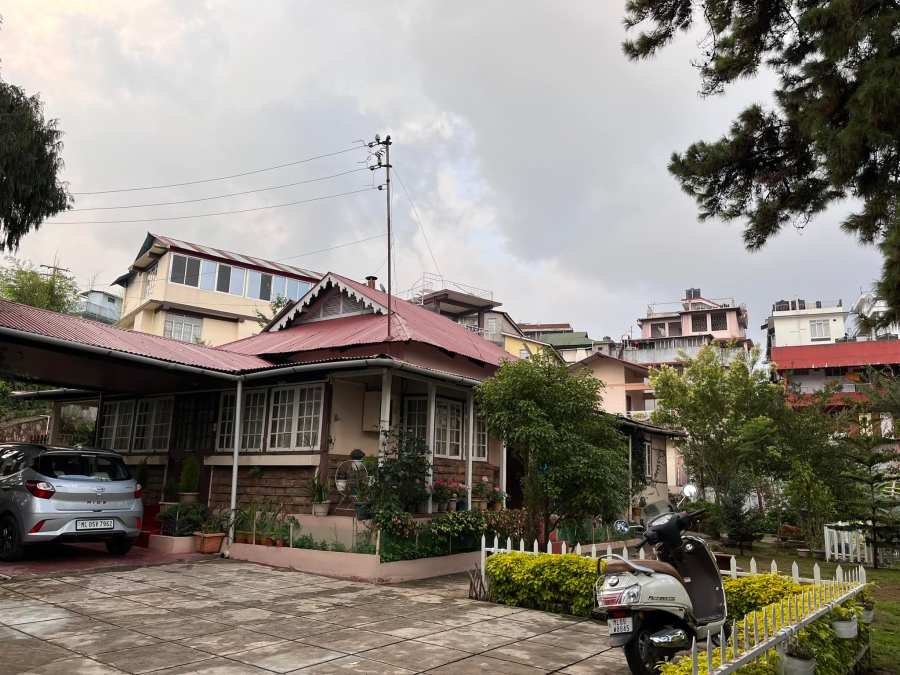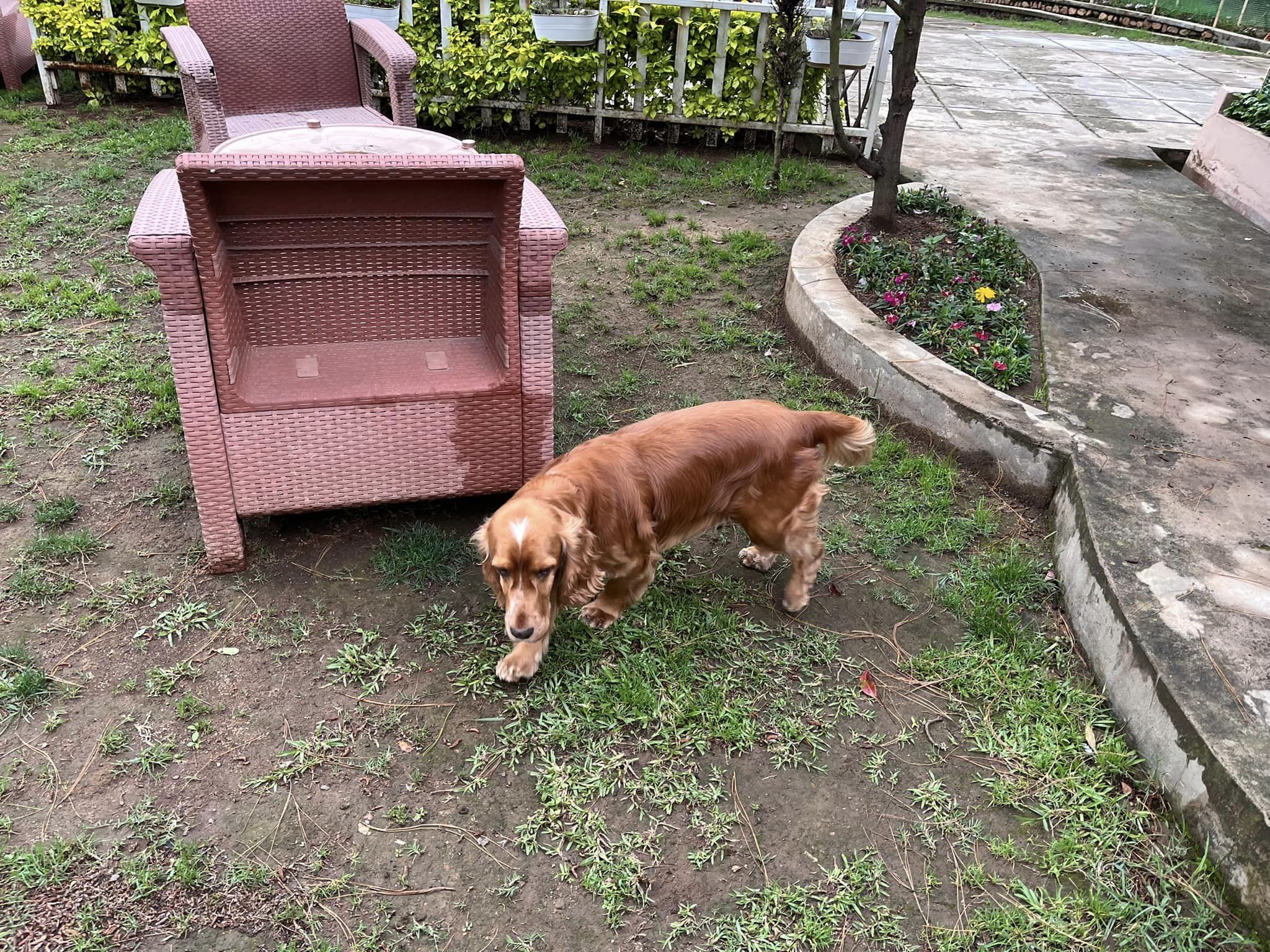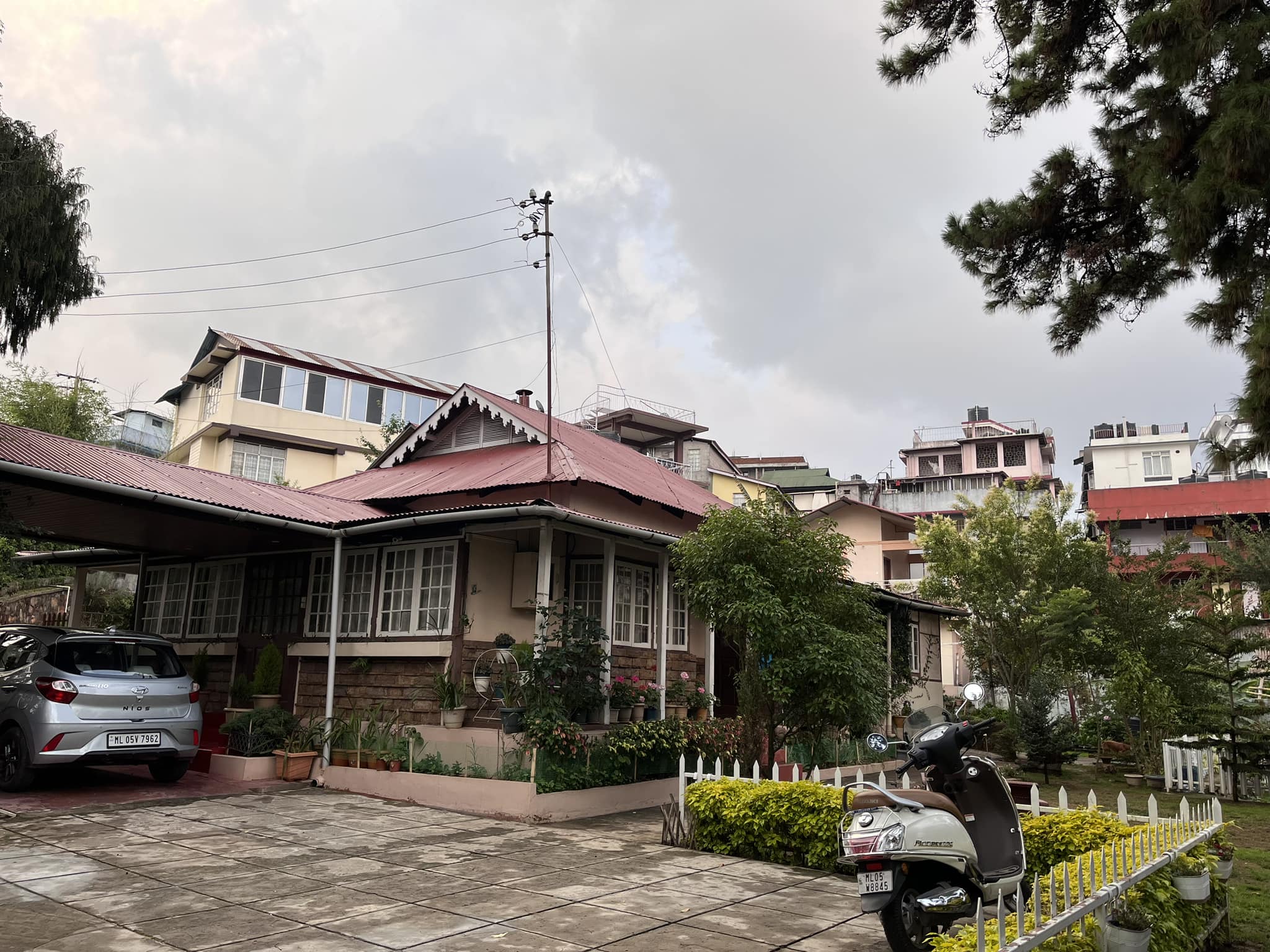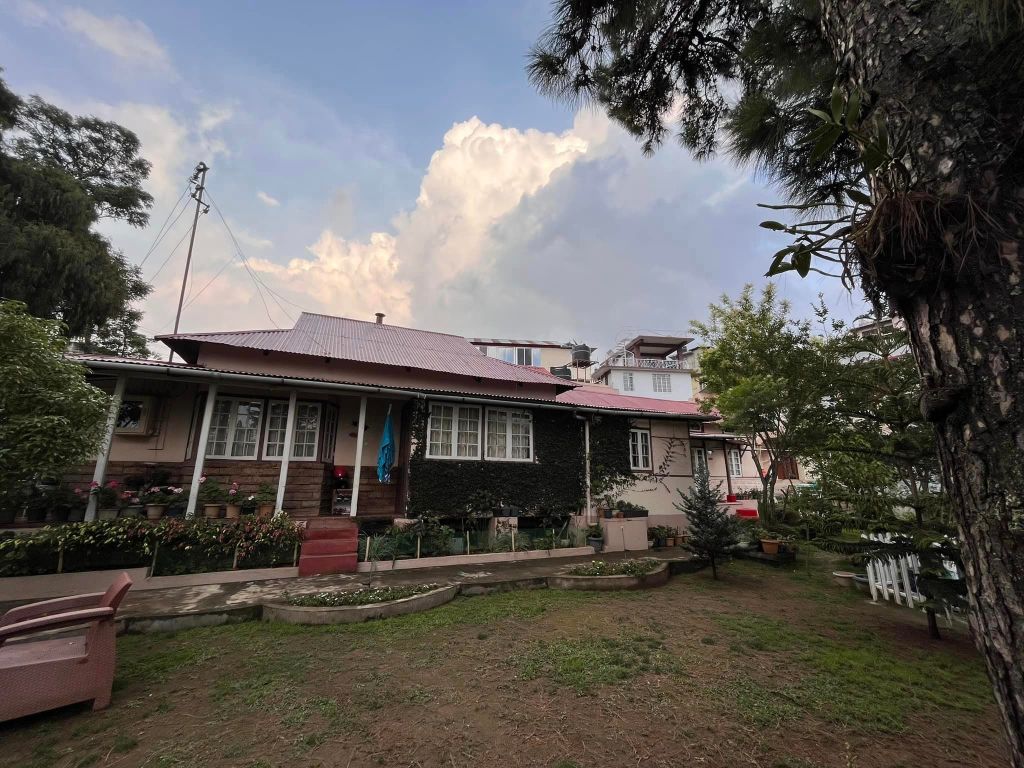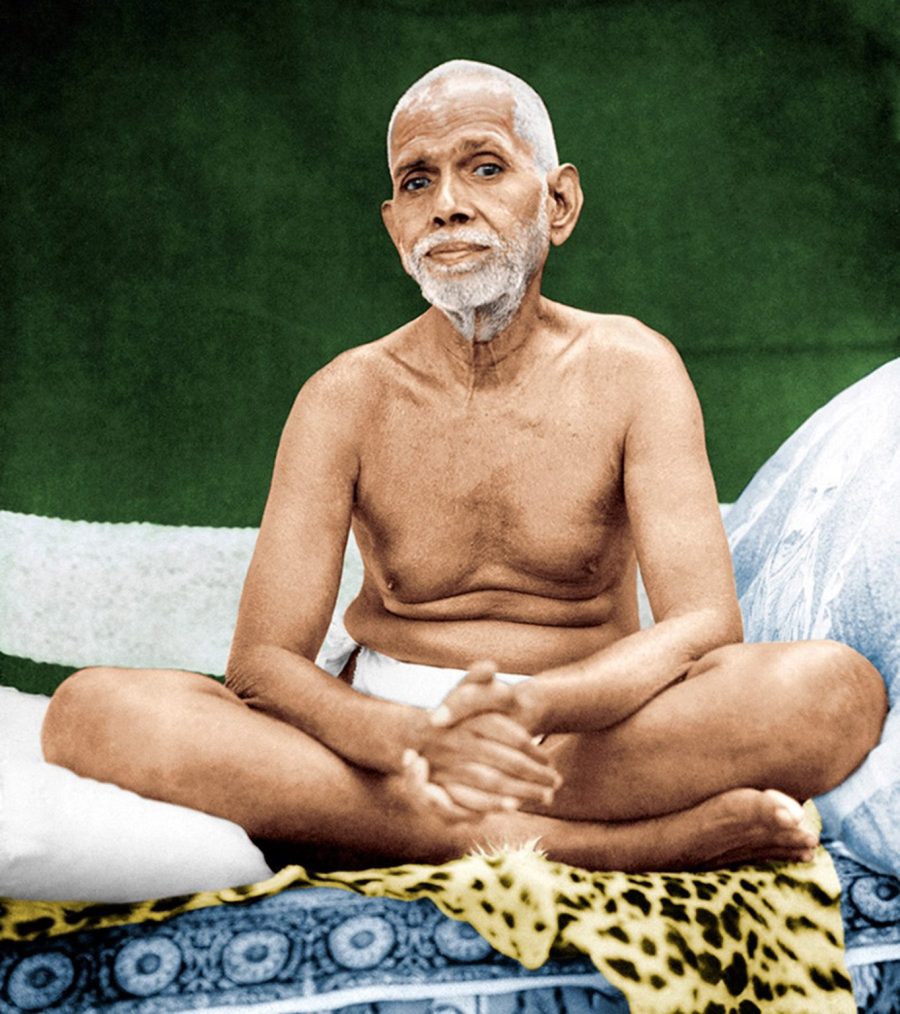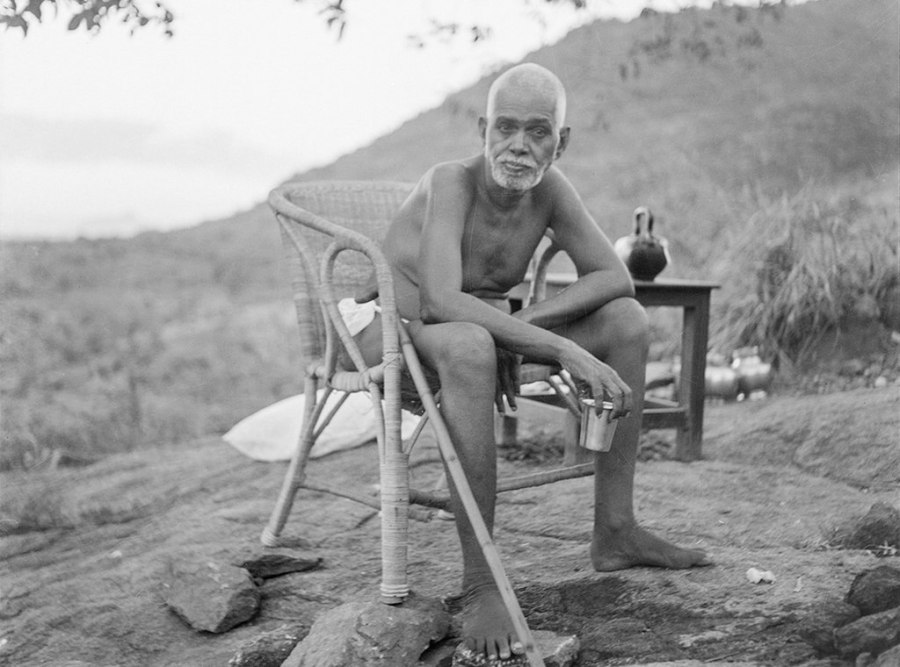Upadesa Sara
Notes from talks by Swami Advayananda, #ChinmayaInternationalFoundation
Talk 2: 17th May, 2022
‘For every effect there is a cause. To get a desired result, an appropriate action needs to be performed. In this law of action and result or cause and effect, is there any place for Ishwara (God)?’ Scientifically viewed, this is a very valid question. The answer to this question by a certain school of thought (Purva Mimamsa) is that there is no place for God and what exists is only the cause-effect relationship.
In different Puranas, we see a story of the tapasvis of Darukavanam, who were staunch believers of this thought, and how Lord Shiva corrects their thought through an Upadesa (advice). However, what was that advice is not mentioned in the puranas. It is only when Muruganar requests Bhagavan Ramana Maharshi that he gives out the advice that Shiva had given to the tapasvis. This talk brings us to the context of the origin of Upadesa Sara and what it has in store for us.
“Switching on the switch, a bulb is lit. To get the desired effect in a light bulb, the action of switching on the bulb is sufficient. But can any switch light a bulb by itself? Unless there is someone who wired the bulb to the switch, how can the switch light the bulb? Can the laws exist on its own without someone putting them in place?”
~ Swami Advayananda
The work Ramana Sannidhi Murai (Homage to the presence of Sri Ramana) that Murugana was composing was in a Puranic style spread in 1852 verses. In the entire work we see Bhagavan Ramana Maharshi doing actions that Lord Shiva had performed and which is stated in Shiva Purana and other places. Murugana imagined Bhagavan Ramana doing those actions. He writes the text meticulously but at one place, he is stuck. He surrenders to Bhagavan Ramana and requests to write that part. The story goes like this…
In a place called Darukavanam, there lived tapasvis who were very pious and performed the Vedic rituals in the most appropriate ways. However, over a period, their focus had shifted so much on the actions (karma) that they had forgotten and ignored the presence of Ishwara (God). One of the possible reasons could be that the part of the Vedas (Purva Mimamsa) composed by Jaimini (who was one of the direct disciples of Veda Vyasa) doesn’t refer to Ishwara. The commentators of Jaimini sutras also don’t write about Ishwara. So, it is quite possible that the idea of Ishwara was thus completely missed by some of the followers. Probably, the tapasvis of Darukavanam also forgot about Ishwara in a similar fashion.
Feeling sorry for the tapasvis, Lord Shiva decides to correct them and bring them back to track. He takes the form of a handsome mendicant and goes to Darukavanam. Seeing him go, Lord Vishnu also decides to go with him, and he takes his avatar of Goddess Mohini. As we know, there could be no one as enchanting as Mohini who can madden anyone with love. Both Mohini and Shiva (in the form of the handsome mendicant) reach Darukavanam. While the men of Darukavanam were busy with the rituals, their wives go awestruck by the vision of the attractive mendicant. They forgot everything that they were doing and started gathering around the mendicant. The men get mesmerized by the beauty of Mohini and start following her. Mohini charms the men and leads them to a forest only to disappear and leave the men in utter confusion. Soon, the men realise that something is not right and return home.
As they reach Darukavanam, to their utter shock they see all their women sitting around this handsome young man. One important point to mention here is that like the men of Darukavanam, the women were also proud about their righteous actions and ways of living. They were proud that they were performing karmas in the best possible ways. Seeing their women who they considered to be so pious but now falling for a mesmerizing mendicant, the men flamed in fury. They decide to teach the mendicant a lesson. They perform black magic to invoke creatures that would destroy the mendicant. Out of their sacrificial fire first came a tiger. It roared and jumped on the mendicant. But the mendicant killed it with bare hands and used its skin as a cloth for himself. Stunned by this sight, the men go back and perform another black magic and an elephant comes out of the fire. No sooner it tries to attack the mendicant, it gets killed by him and its skin is used by a cloth by the mendicant. The men are appalled and they send fire to destroy the mendicant. The mendicant holds fire in his hand showing that he is not affected by the fire. Lastly, the men bring out a trishul (trident) from the fire and even that doesn’t harm the mendicant. The men are dumbfounded and realise that this mendicant is no ordinary mortal. They go and surrender at his feet seeking mercy. Here, the Puranas say, that Lord Shiva empathises them and gives them an advice.
This is the part where Muruganar is stuck because, what was the advice given by Shiva is not given in the Purana. It just says that Shiva gave the advice and they were all back on track. But what is that advice? Muruganar thought, what best way than asking Bhagavan Ramana who, for him, was none other than Lord Shiva himself, speak about what the Upadesa (advice) was. Upon requesting Bhagavan Ramana to kindly bless with the advice, Ramana Maharshi agreed. He gave out the Upadesa in 30 verses.
The original text by Murugana was written in Tamil in Undipara metre. Bhagavan Ramana gave the Upadesa in Tamil in the same metre. In Tamil, these 30 verses came to be known as Upadesa Undiyaar. This was later translated into Malayalam, Telugu and Sanskrit by Ramana Maharshi. The Sanskrit one is called Upadesa Sara.
Before closing the session, Swami Advayananda ji takes us through an argument given towards why the Purva Mimamsa philosophy (that doesn’t have a place for Ishwara and only has ‘action and result’) holds no ground. He explains using an example of Jyotishtoma yaga that is performed for the attainment of heaven. The belief is that by performing the yaga in the most righteous manner, heaven is sure to be attained. However, heaven is not attained immediately at the completion of the yaga (else, no one will perform the yaga) but only after the person dies. But if that is so, isn’t there a disconnect between the action and the result? The action is completed but the result hasn’t come. To explain this, the Purva Mimamsakas introduce a law called as ‘Apurva’ which is ‘result accrued’ and will be manifest when it is due (just like Punya and Paapa are also accrued but not always enjoyed instantly). But then, who made these laws, is the argument by the Vedantin to Purva Mimasakas? It is true that the laws result in getting fruits of the action, but shouldn’t there be some cause (creator) for the laws to exist?
कर्तुराज्ञया प्राप्यते फलम् । कर्म किं परं कर्म तज्जडम् ॥ १॥
The first line of Upadesa Sara says, ‘It is the Karta on whose command one gets the desired result’. Who is the karta? Are we (who do actions) the karta or is Ishwara the karta? Can a switch light a bulb on its own?
(…to be continued)
#UpadesaSara
#ramanamaharshi
#upadeshasara
#ChinmayaMission
Photo Courtesy: Wikimedia Commons
